Choosing the right lighted mirror medicine cabinet is crucial for bathroom renovations. According to the 2023 Kitchen & Bath Industry Report, over 78% of homeowners prioritize mirrored medicine cabinets for bathroom remodelling (Source: NKBA Industry Trends Report). This article will help you make the best choice through detailed data analysis and professional insights.
1. Accurate Sizing and Smart Installation: Scientific Space Planning
The Scientific Basis for Sizing Standards
Modern mirror cabinet sizing is based on ergonomics and space efficiency research. Standard single-door mirror cabinets are 18-24 inches wide, while double-door models can reach 36-48 inches. According to the Ergonomics Institute, a mirror centre height of 60 inches from the floor provides 90% of adults with a full head and shoulders view in the mirror (Source: Human Factors and Ergonomics Society).
Comparing Installation Performance
Flush mounting saves 4-6 inches of valuable space and is particularly suitable for smaller bathrooms under 50 square feet. This installation method is experiencing a 12% annual growth rate in market demand (Source: HomeAdvisor 2023 Annual Report).
Surface-mount designs are more suitable for remodelling projects and have installation costs 35% lower than recessed designs, but their high-end models offer 15% lower insulation than recessed designs.
Semi-recessed designs have seen 24% market growth in recent years, balancing installation convenience with space efficiency.
Quantifying Storage Needs
According to the Home Research Institute, the average modern household needs to store 28 bathroom items (Source: HIRI Bathroom Storage Study). A 24-inch-wide mirrored cabinet provides approximately 0.8 cubic feet of storage space, sufficient for 85% of daily necessities. At 36 inches, storage capacity increases to 1.4 cubic feet, meeting the needs of 96% of households.
2. Evolution of Lighting Technology: From Basic Lighting to Intelligent Light Control
Performance Advantages of LED Technology
Modern LED lighting systems offer significant advantages over traditional lighting:
40% higher energy efficiency than fluorescent lamps and 75% higher than incandescent lamps (Source: U.S. Department of Energy)
50,000 hours of service life, equivalent to 34 years of continuous use based on 4 hours of daily use
62% lower heat generation, significantly improving user safety
The Scientific Basis for Colour Temperature Selection
Colour temperature selection is not only aesthetically pleasing but also impacts user experience:
Natural white light in the 4000-5000K range is the most popular, accounting for 58% of the market, as it provides optimal colour reproduction.
Models with a high colour rendering index (CRI>90) are experiencing significant sales growth, with a 42% year-on-year increase in 2022.
Models with adjustable colour temperature have reached a 37% market share, with an annual growth rate of 15% (Source: Consumer Electronics). Reports
Smart Lighting System Innovations
The latest smart lighting systems include the following breakthroughs:
Automatic brightness adjustment technology adjusts output based on ambient light, saving up to 30% energy.
Motion sensing system response time is reduced to 0.3 seconds, with a detection range of up to 8 feet.
Bluetooth Mesh technology allows multiple devices to work together, with system latency under 50 milliseconds.

3. Materials Science and Durability Engineering
Frame Material Performance Comparison
304 stainless steel is 300% more corrosion-resistant than 430 stainless steel and has a service life of over 15 years in an environment with 80% humidity.
Aerospace-grade aluminium alloy is 40% lighter than stainless steel while offering comparable strength.
The use of new composite materials has increased by 28%, with a 60% lower coefficient of thermal expansion than metal.
Glass Technology Breakthroughs
Modern mirror cabinet glass incorporates several innovative technologies:
Tempered glass has an impact strength five times greater than ordinary glass and meets ANSI Z97.1 safety standards.
Nano-level anti-fog coatings are 45% more effective than traditional heating methods, saving 45% energy.
Silver mirror coatings have a reflectivity of 92%, a 15% improvement over aluminium mirrors. (Source: Glass Association of North America
Technological Advances in Sealing Systems
The sealing system of high-end products includes:
Multi-layer silicone sealing strips achieve an IPX4 waterproof rating.
Extended the effectiveness of the anti-mildew treatment from 3 years to 7 years
The airtightness test standard for joints has been raised from 0.01" to 0.001" of water column.
4. Intelligent Function Integration and User Experience Optimisation
Charging Technology Innovation
USB-C port power increased from 18W to 65W, increasing charging speed by 260%
Wireless charging efficiency increased from 60% to 80%, reducing heat generation by 40%
Power management system standby power consumption reduced from 1W to 0.3W
Improved Anti-fog System Performance
The new generation anti-fog system includes:
Response time reduced from 60 seconds to 30 seconds.
Power consumption reduced by 55%, saving approximately 18 kWh annually.
Temperature control accuracy improved from ±2°C to ±0.5°C.
Evolution of Intelligent Sensing Technology
The ToF sensor accuracy improved from centimetre-level to millimetre-level
Multi-sensor fusion technology reduces the false alarm rate to 0.1%
Adaptive learning algorithm memorizes the usage habits of up to five users.
5. Cost-Benefit and Return on Investment Analysis
Value Analysis by Price Range
Based on 2023 market data:
Entry-level products ($200-500) have an annual growth rate of only 2%
Mid-range products ($500-1200) hold a 54% market share.
Customer satisfaction for high-end products ($1200+) reaches 92%
Payback Period for Energy Efficiency Investments
ENERGY STAR certified products can save approximately $45 annually on electricity bills
Water-efficient models can reduce water bills by approximately $60 annually.
The payback period for smart thermostats is approximately 2.3 years.
The Long-Term Value of Quality and Durability
The long-term value of high-quality products is reflected in:
Failure rate is 67% lower than that of standard products.
5-year maintenance costs reduced by 55%
Average service life extended by 8 years
6. Professional Installation and Ease of Maintenance
Installation Technical Standards
Professional installation includes the following standards:
Levelling error within 0.1 degrees
Load-bearing test to 150% of the nominal value
Double insulation protection for electrical wiring
Optimized Maintenance Costs
Maintenance costs for modern products are significantly reduced:
Self-cleaning coating maintenance interval extended to 6 months.
Modular design reduces component replacement costs by 40%
Remote diagnostic accuracy reaches 85%
Conclusion: Data-Driven Optimum Choice
Choosing the ideal mirror cabinet requires comprehensive consideration of multiple data indicators. According to a 2023 consumer report, the best options should have the following features:
A width of at least 24 inches, providing ample storage space
LED lighting with a CRI greater than 90 ensures accurate colour reproduction
304 stainless steel frame for long-term durability
Intelligent anti-fog and charging features enhance the user experience.
Investing in a mid- to high-end mirror cabinet priced between $800 and $1200 will yield the best return on investment within five years. According to J.D. Power research, customer satisfaction for appliances that prioritize energy efficiency certifications and professional installation reaches 94%, 41% higher than the average user (Source: J.D. Power 2023 Home Appliance Satisfaction Study). Recent data shows that consumers who choose integrated smart features and high-quality materials experience a 35% lower total cost of ownership over a 10-year lifecycle than those who choose basic appliances.
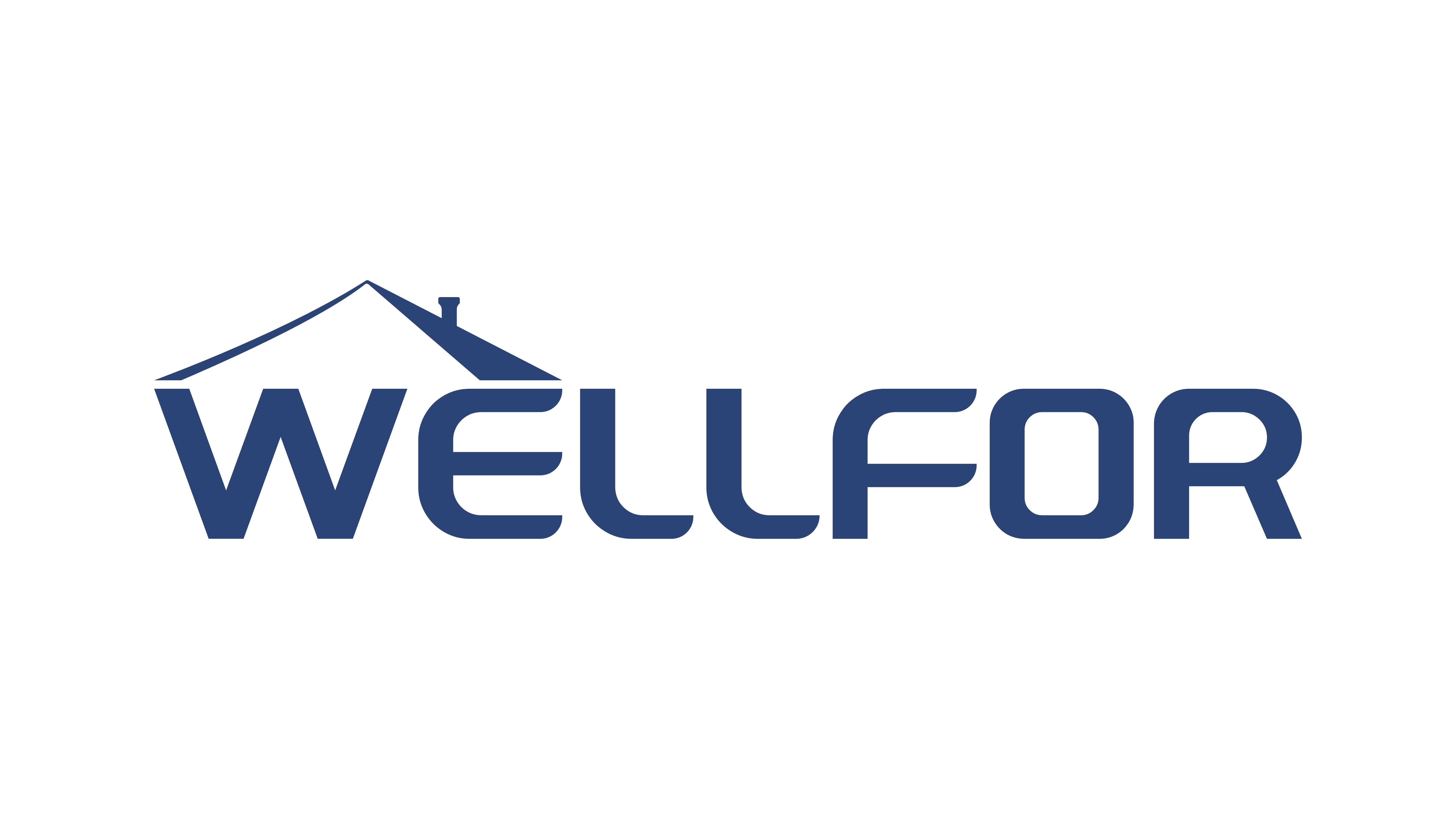
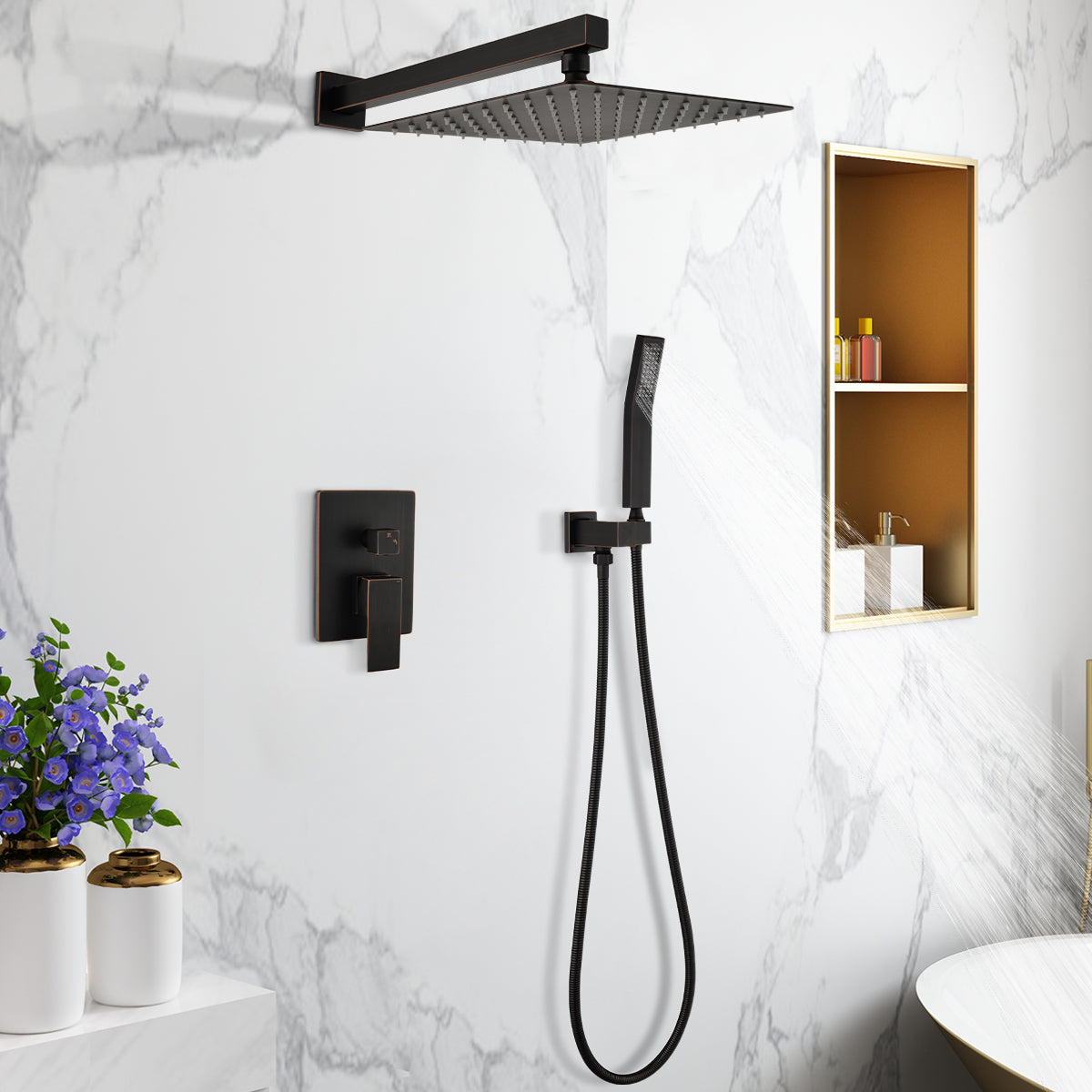
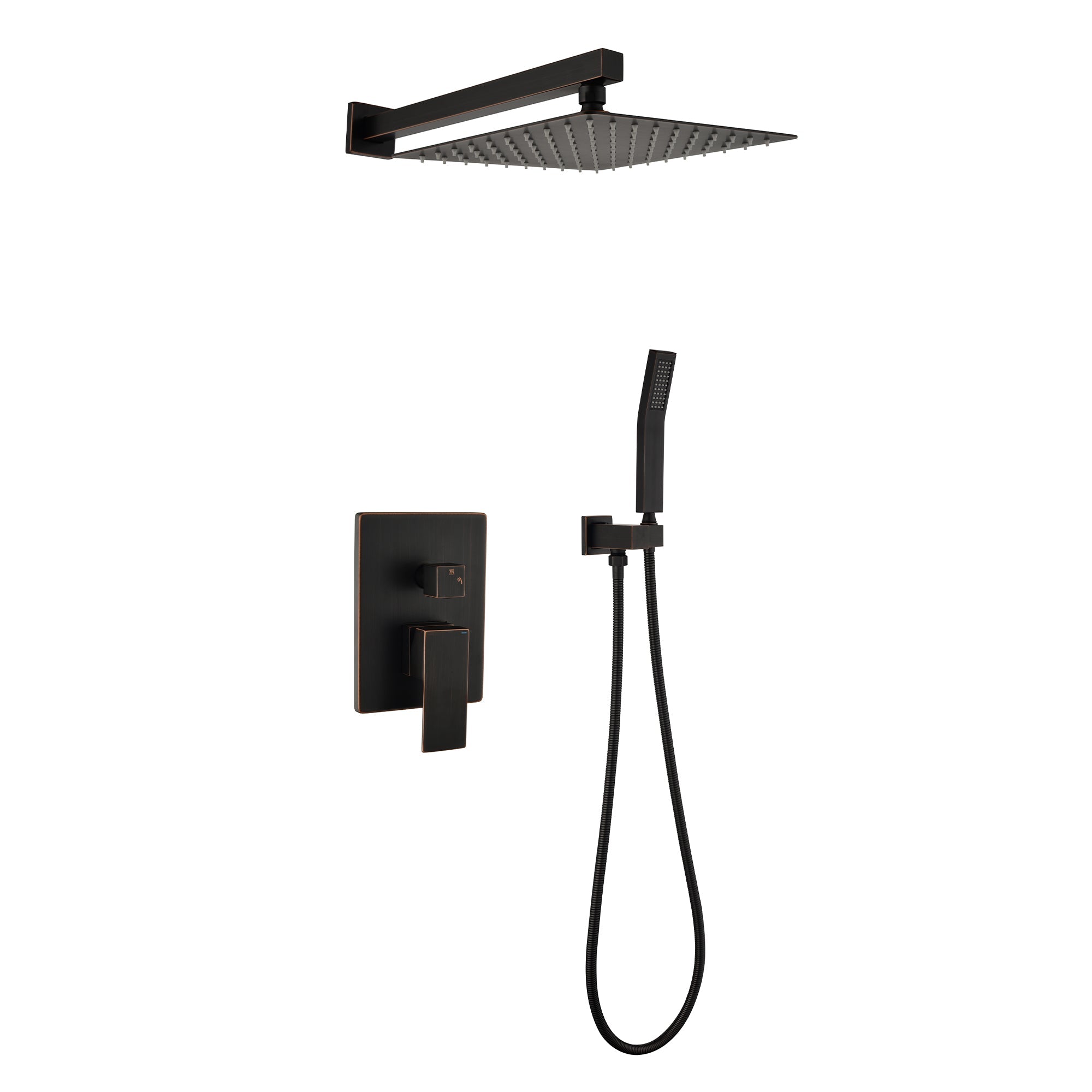


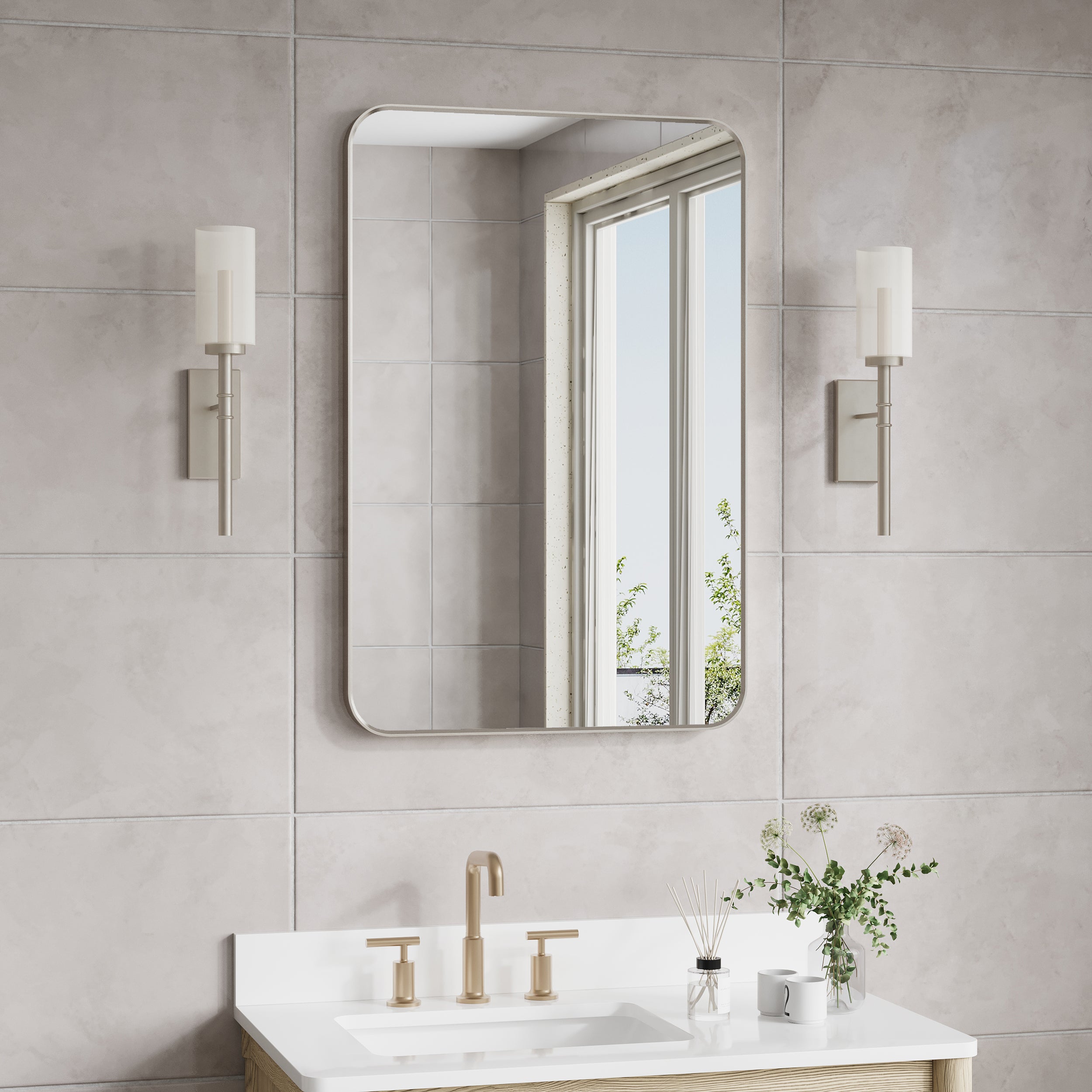
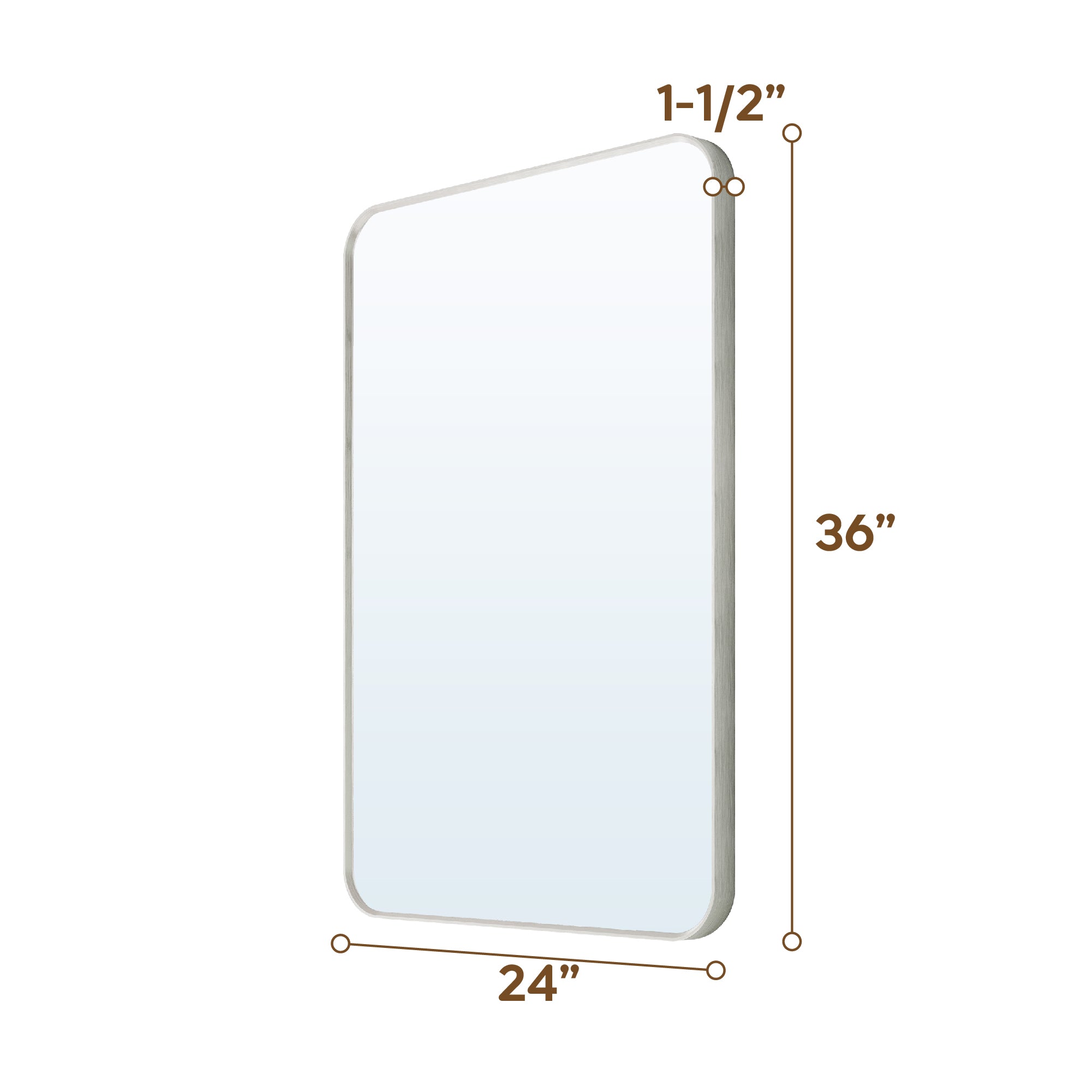

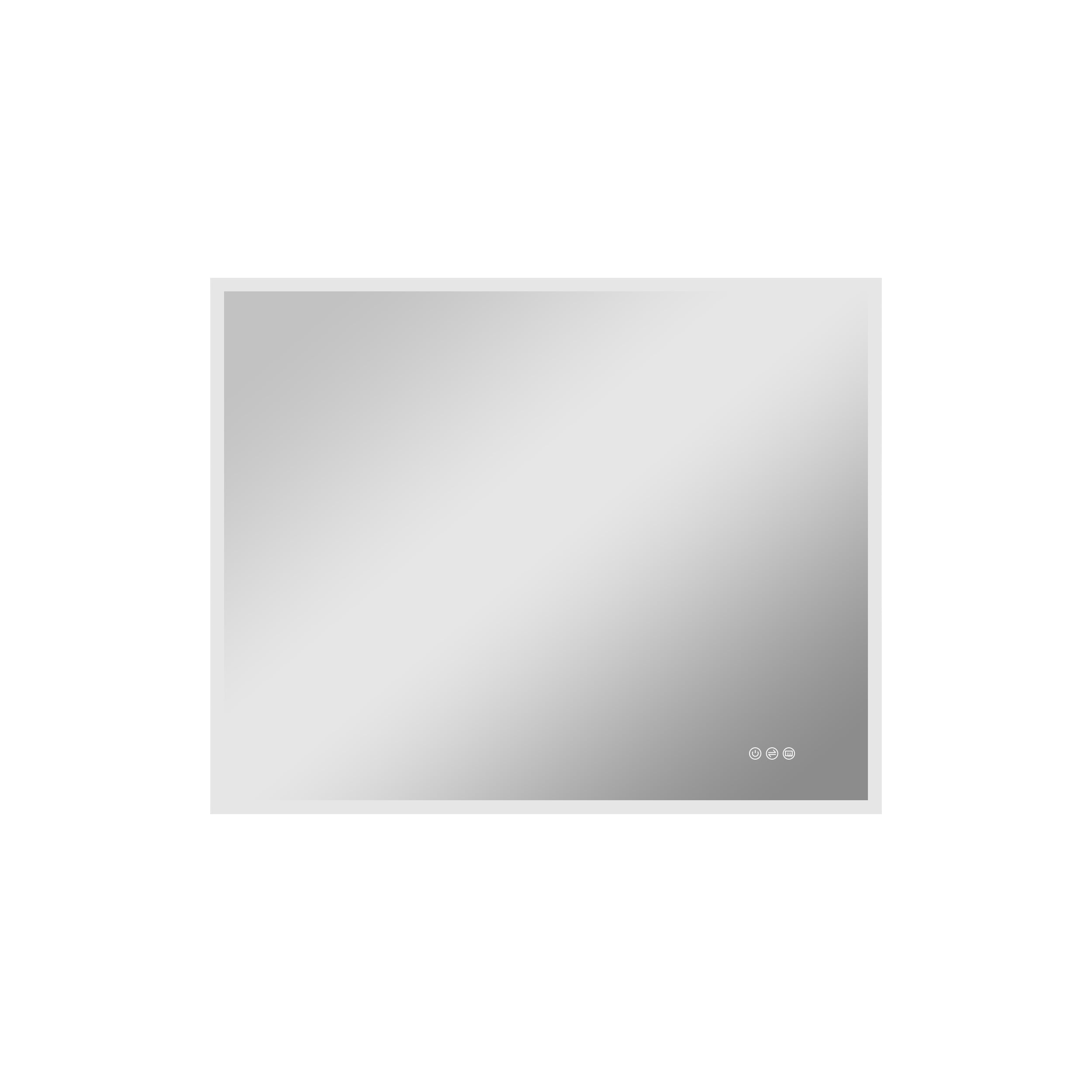
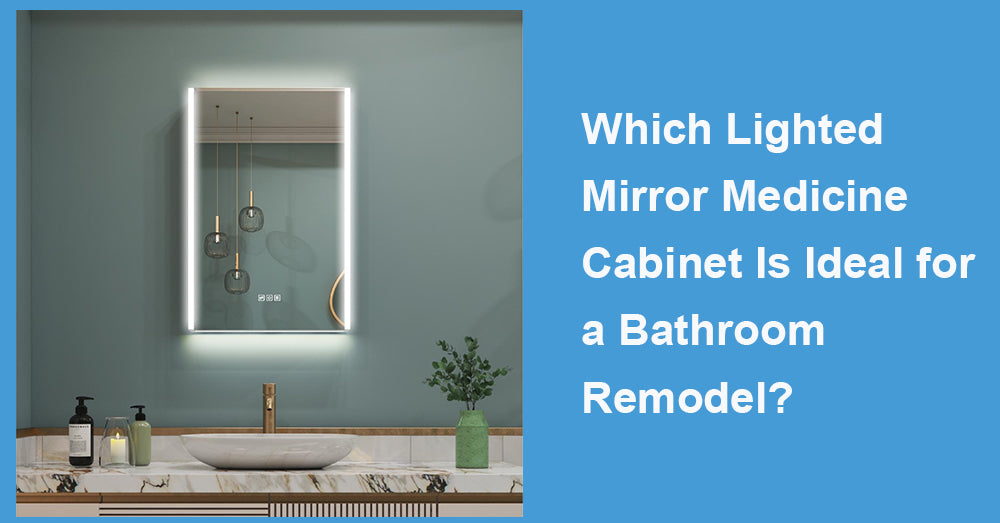
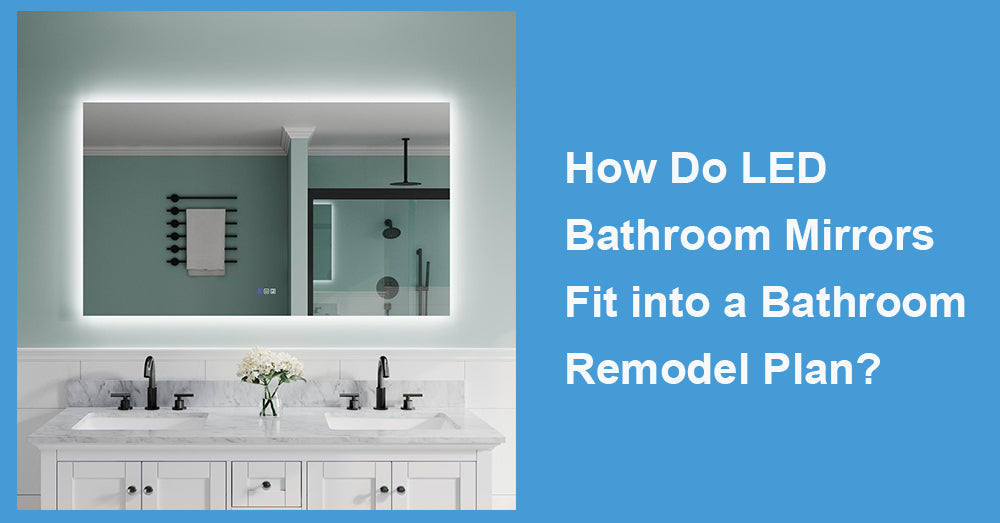
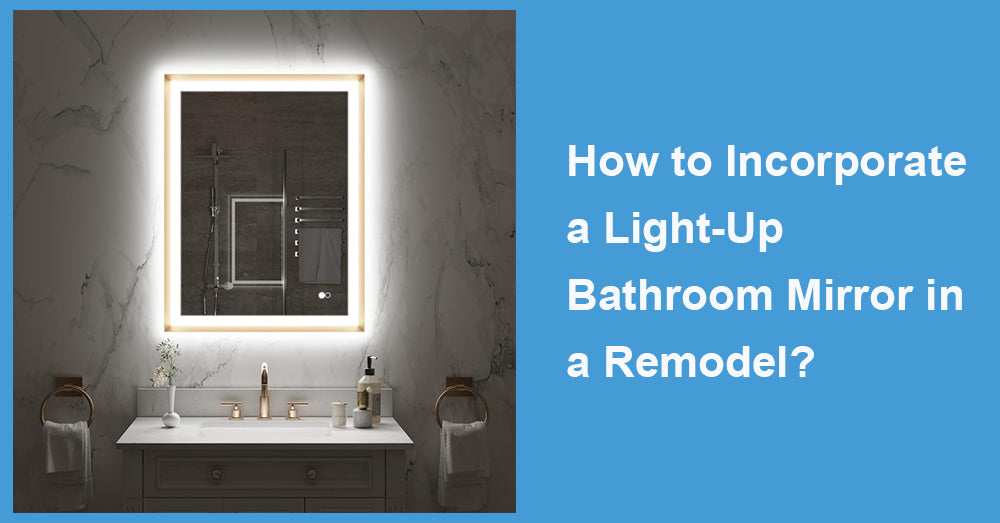
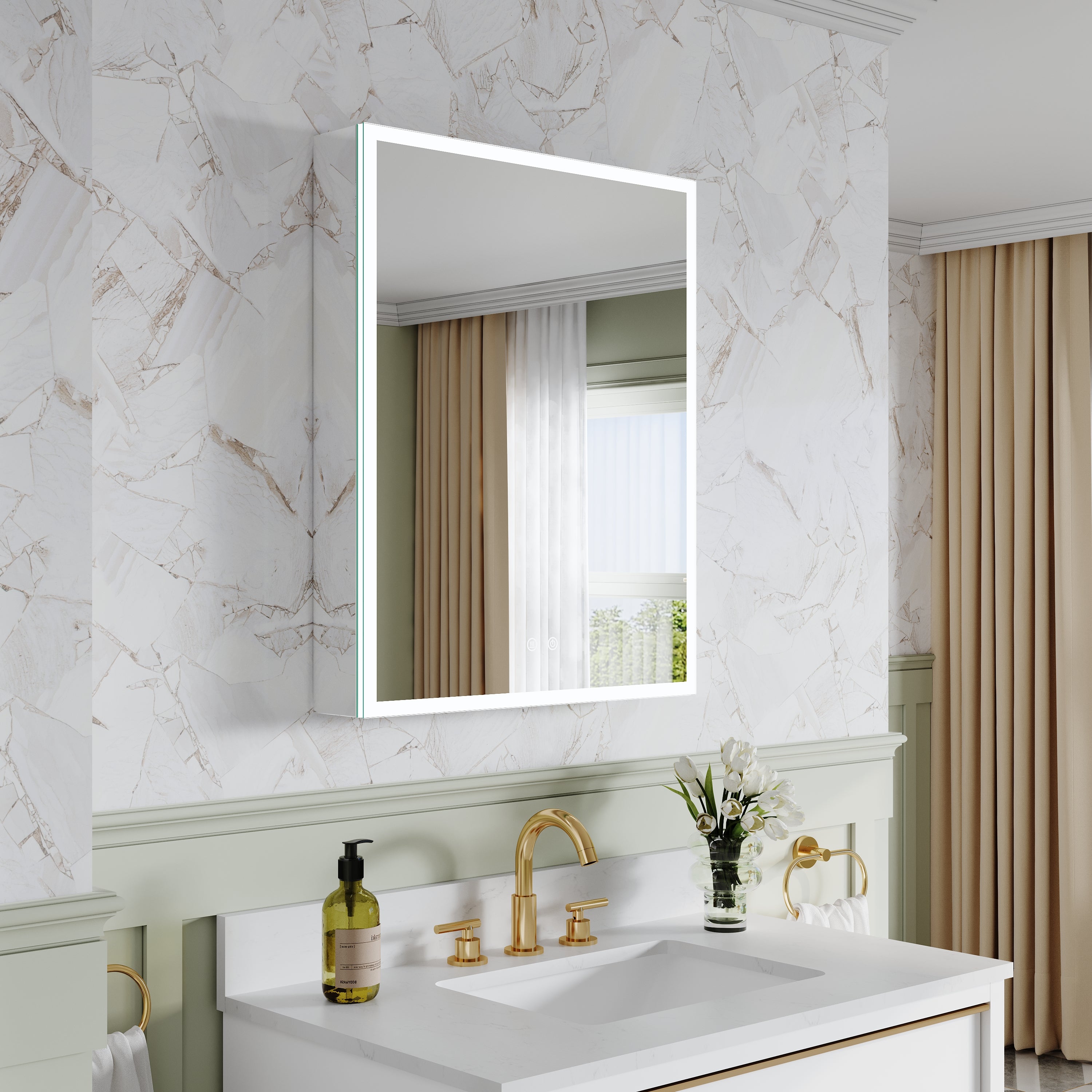
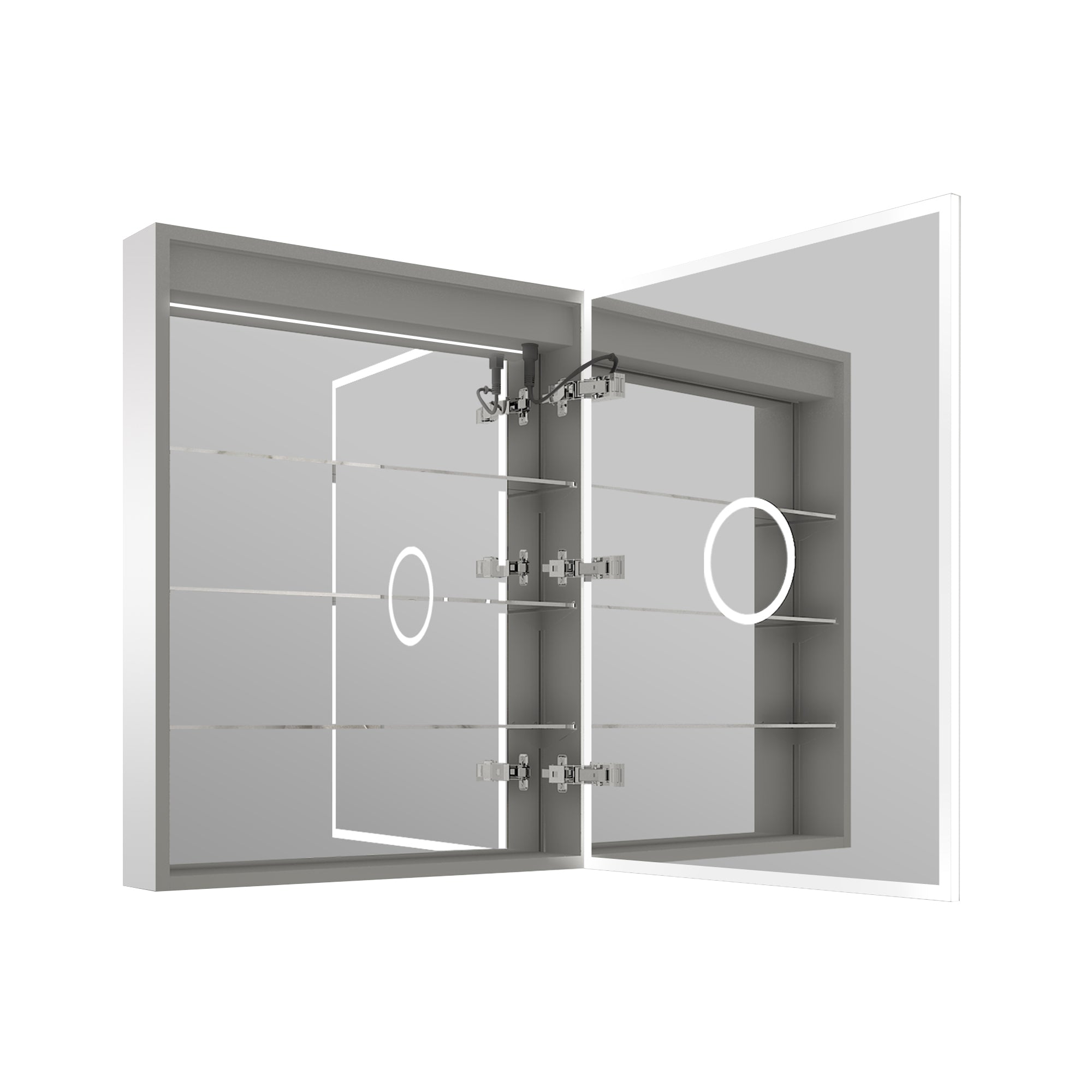
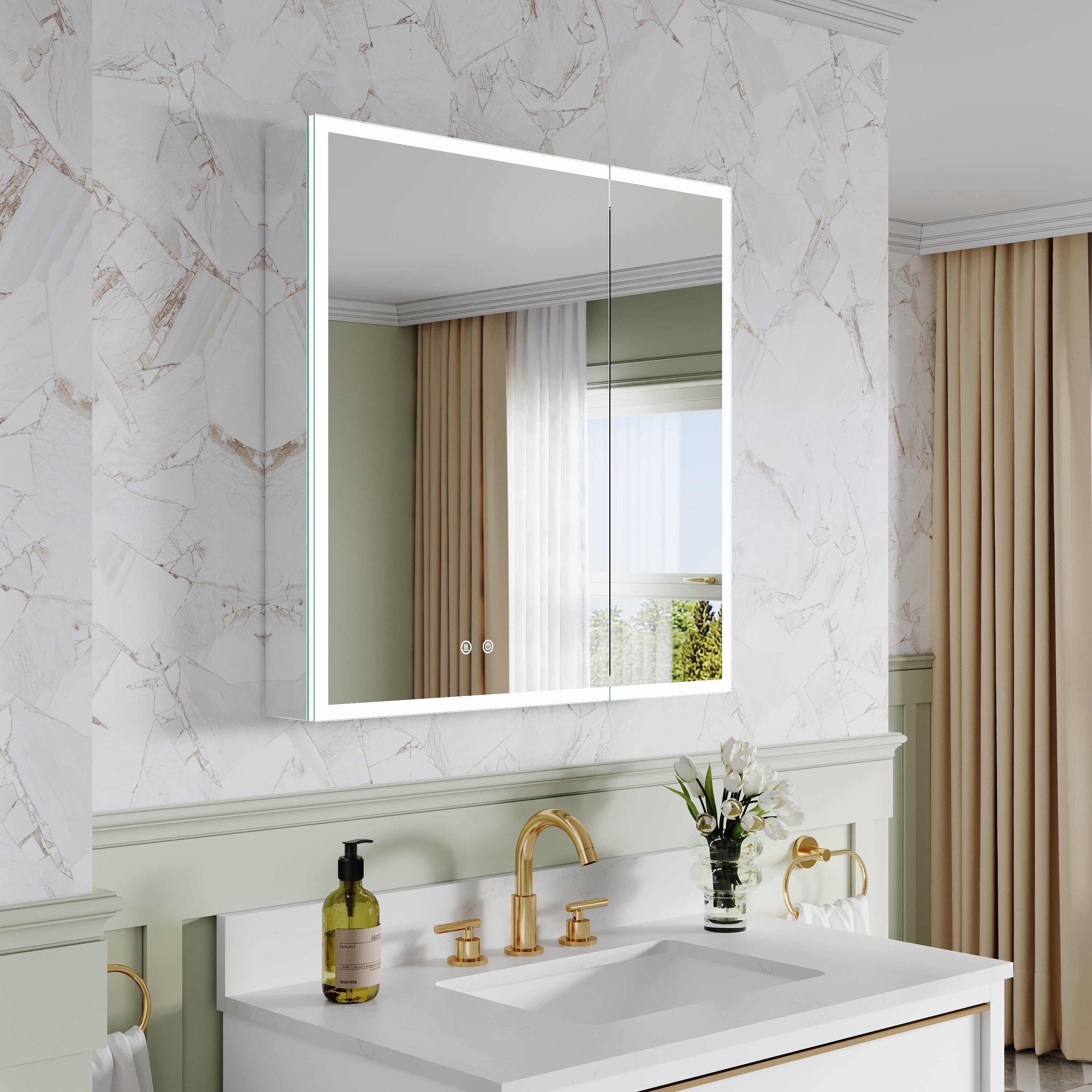
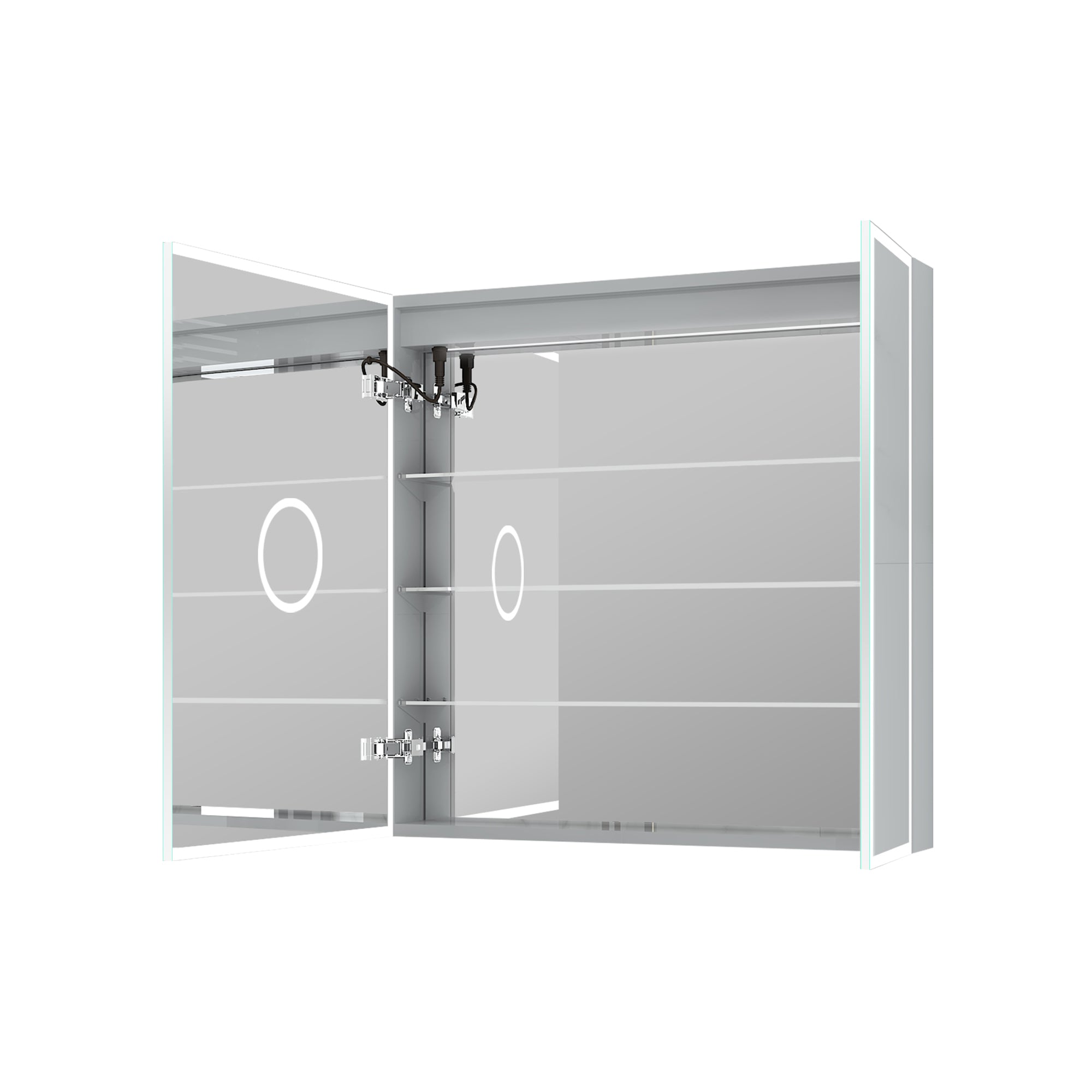
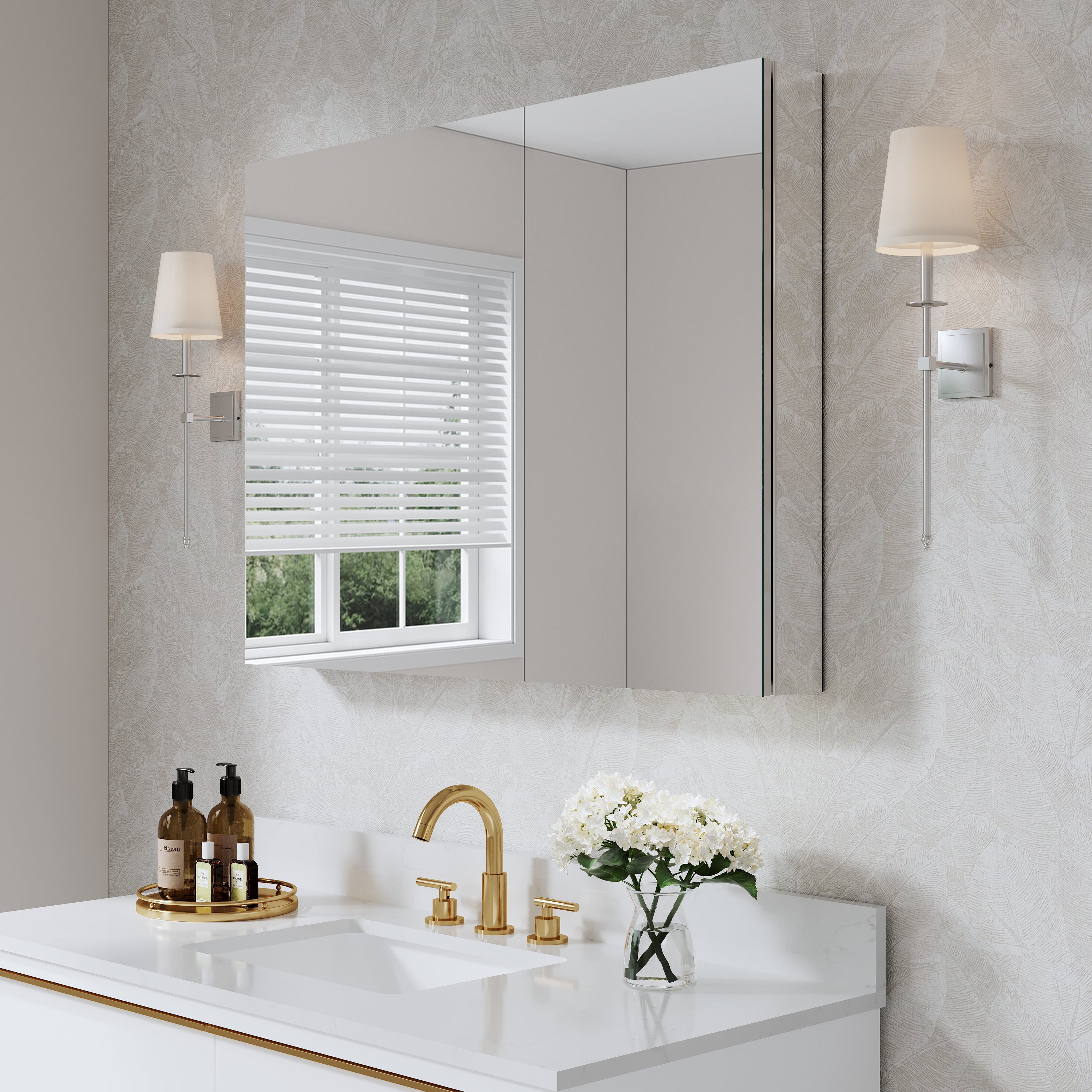
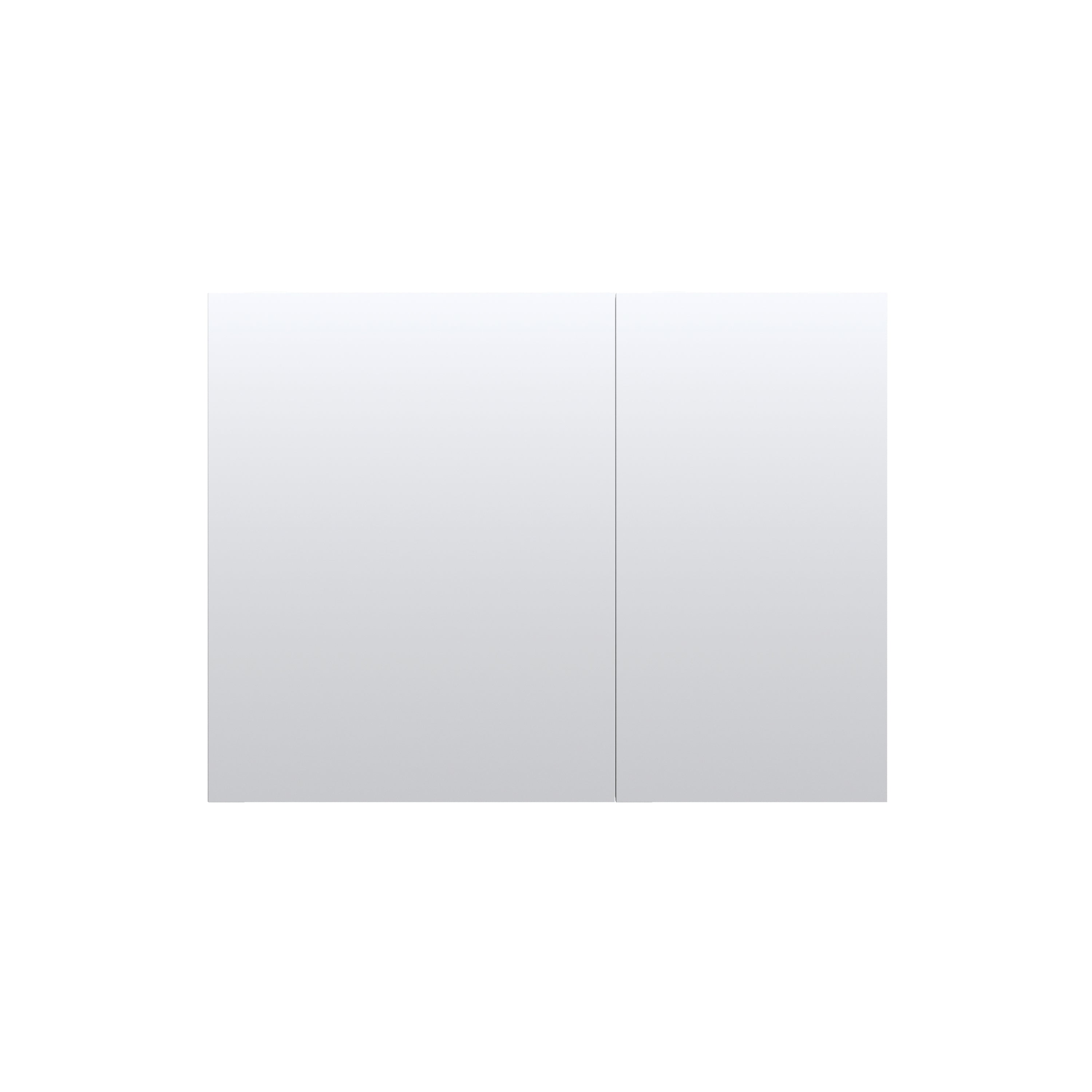
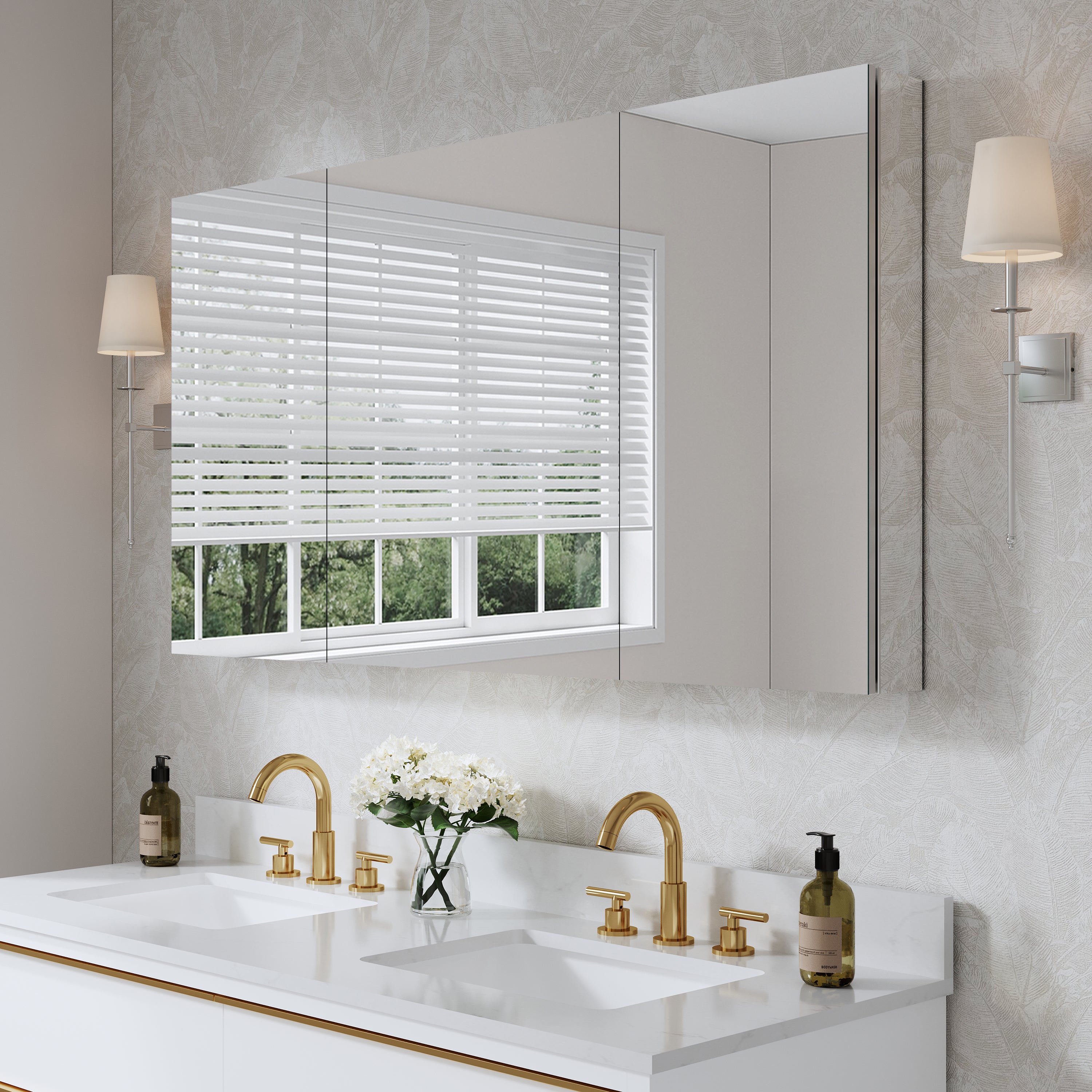

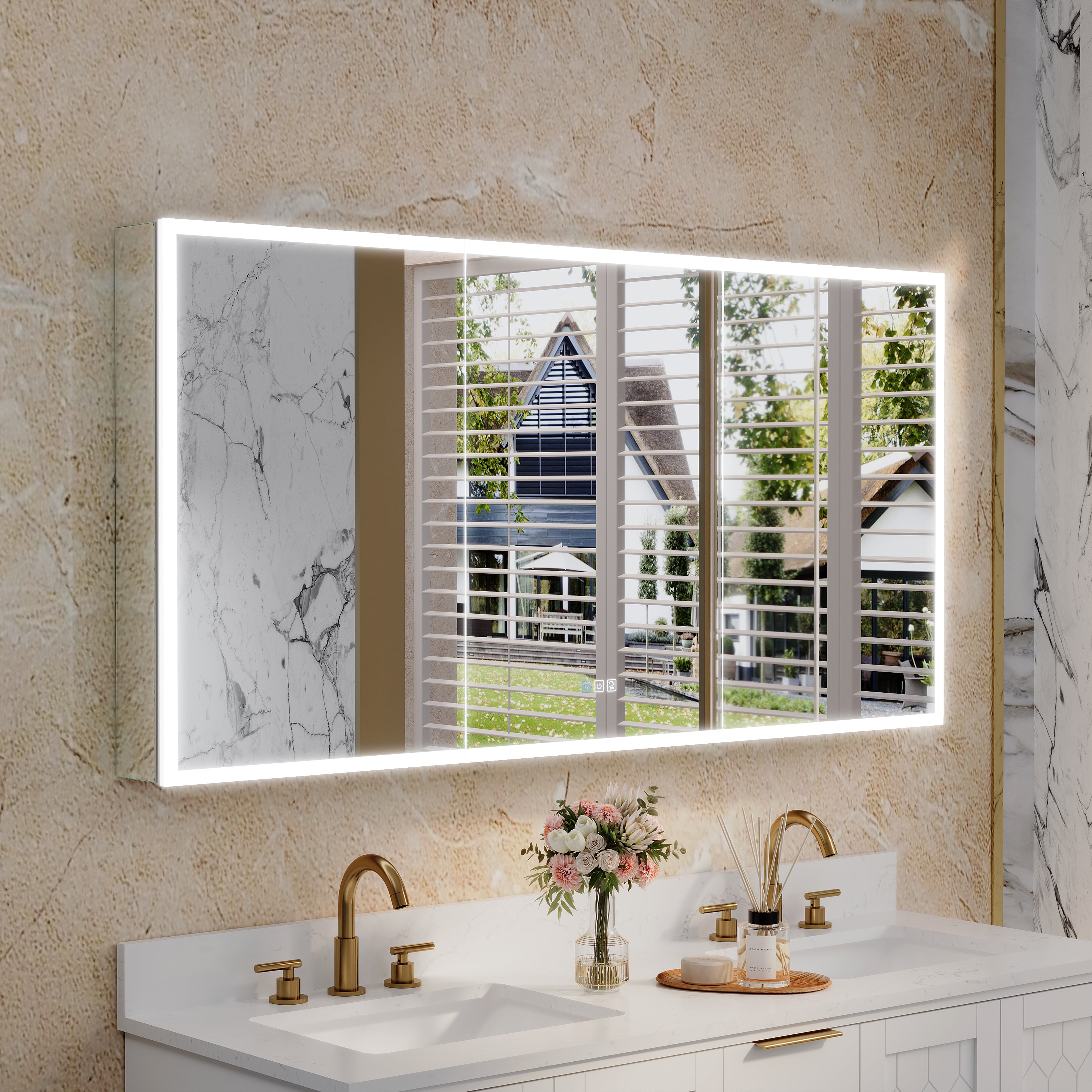

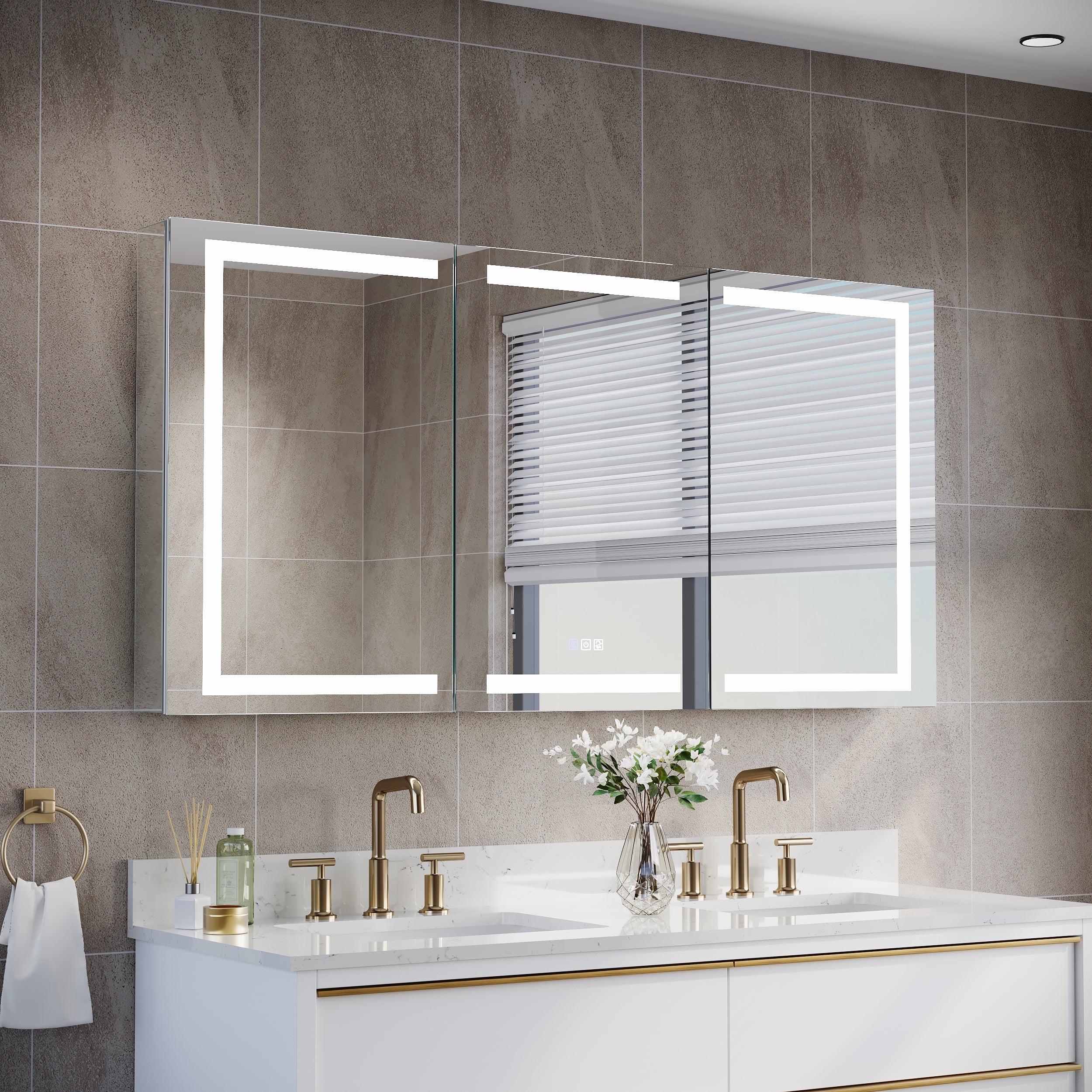


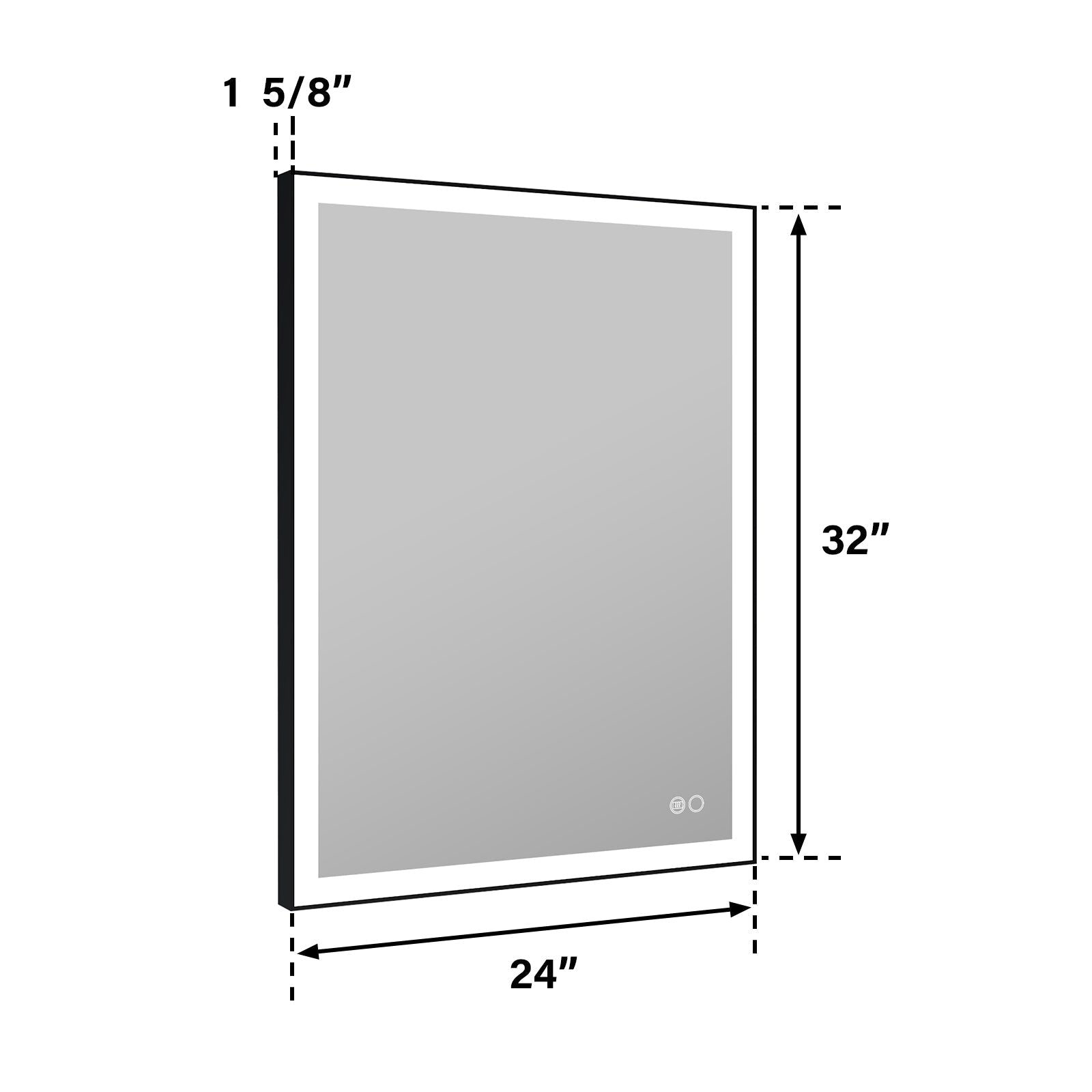
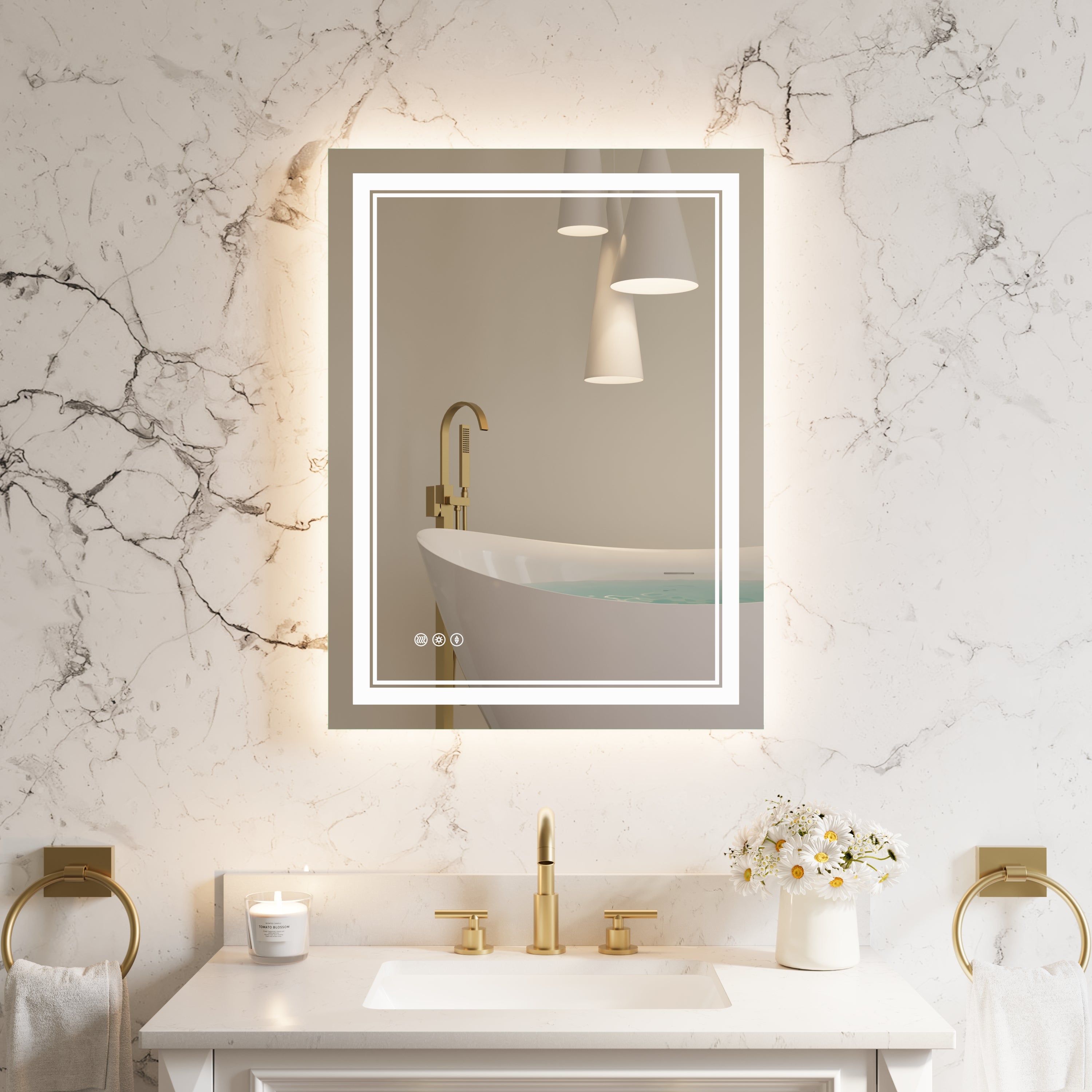
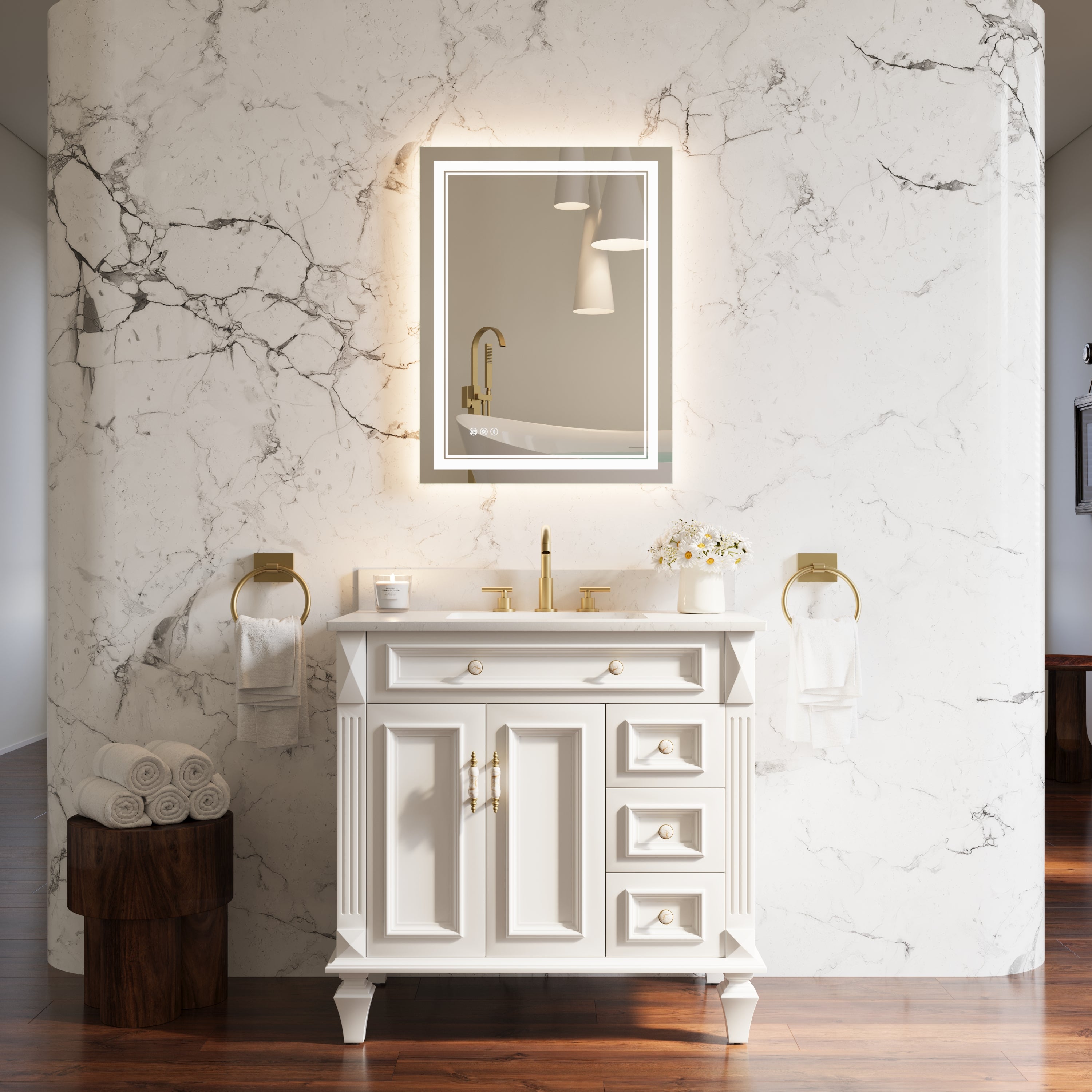
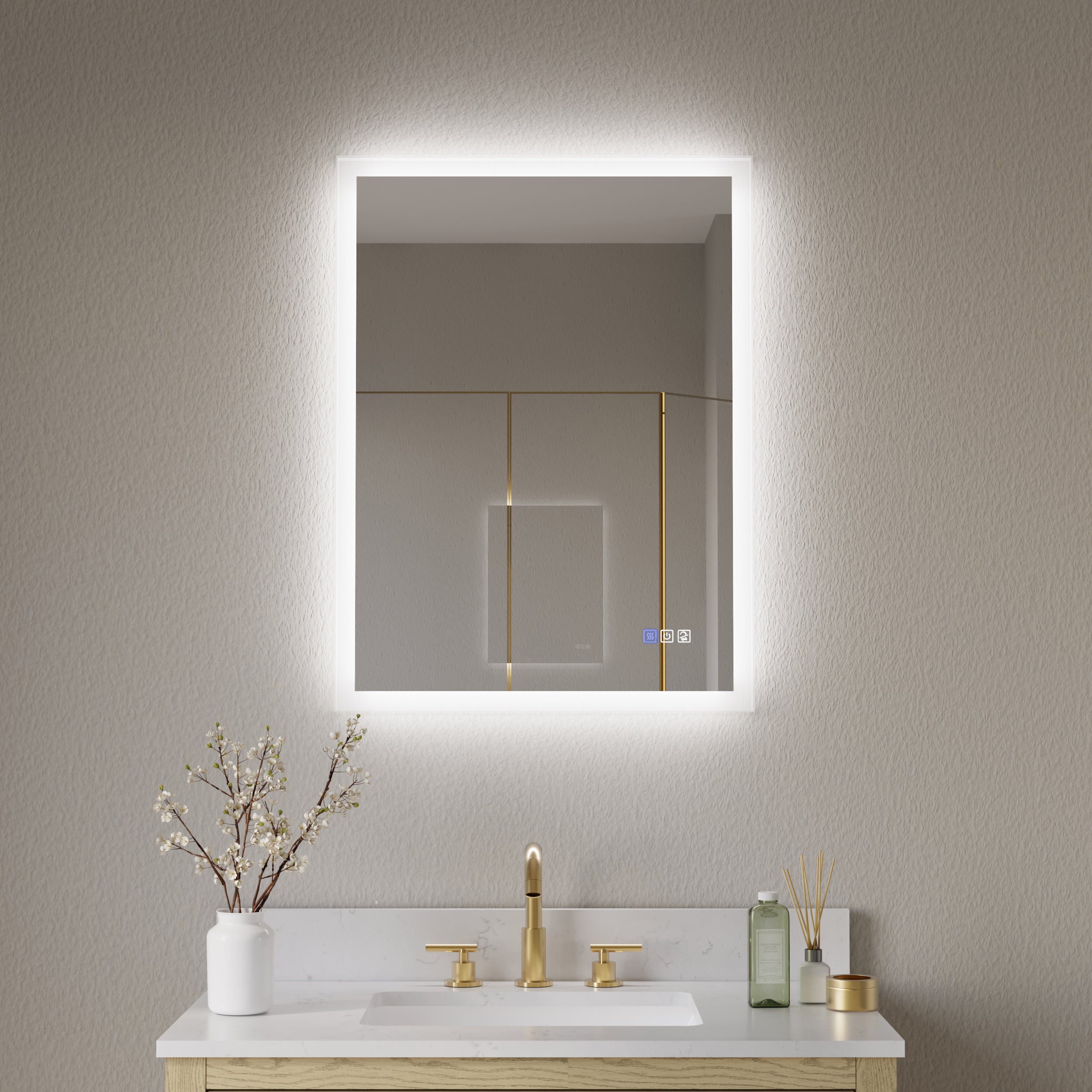

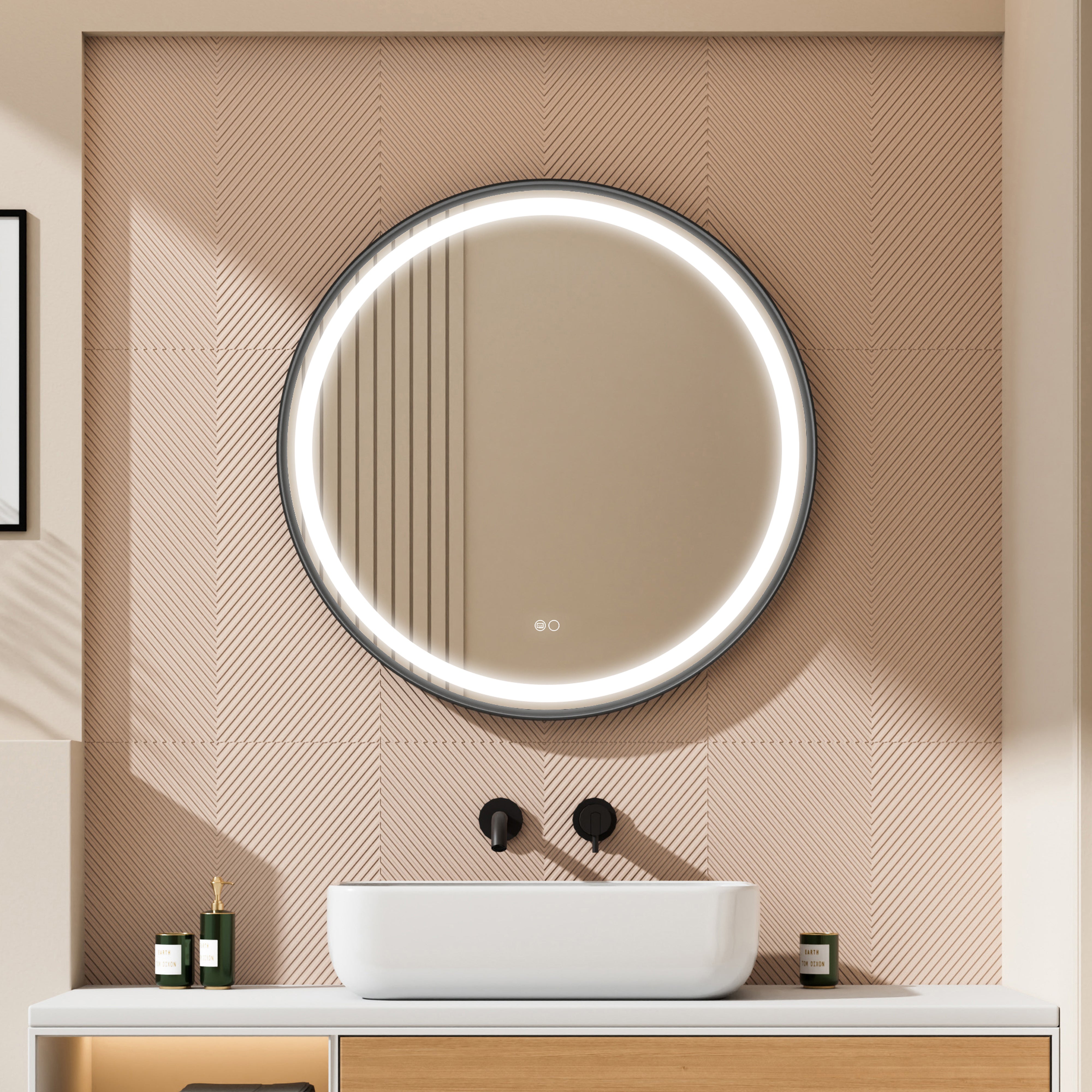
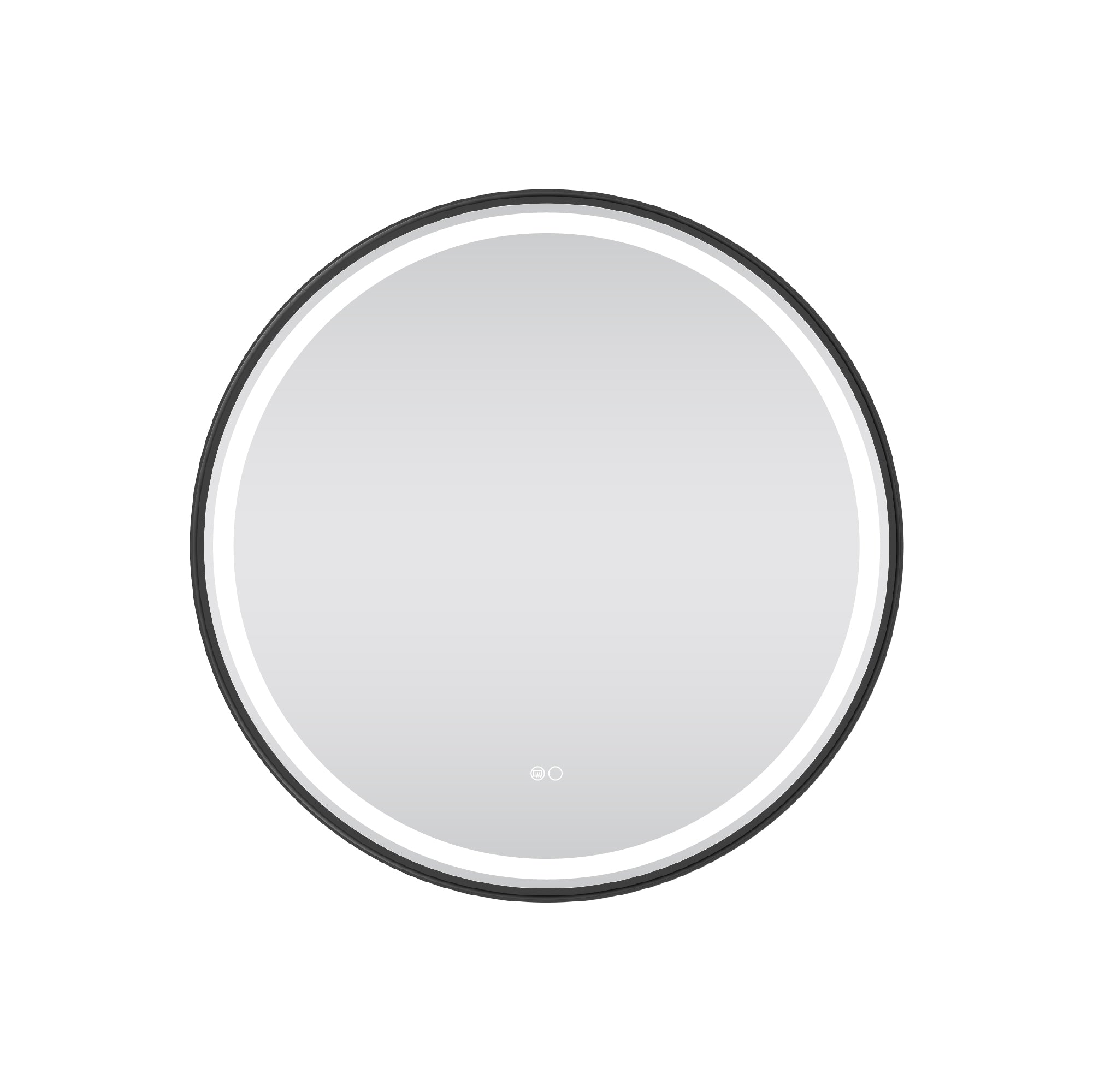


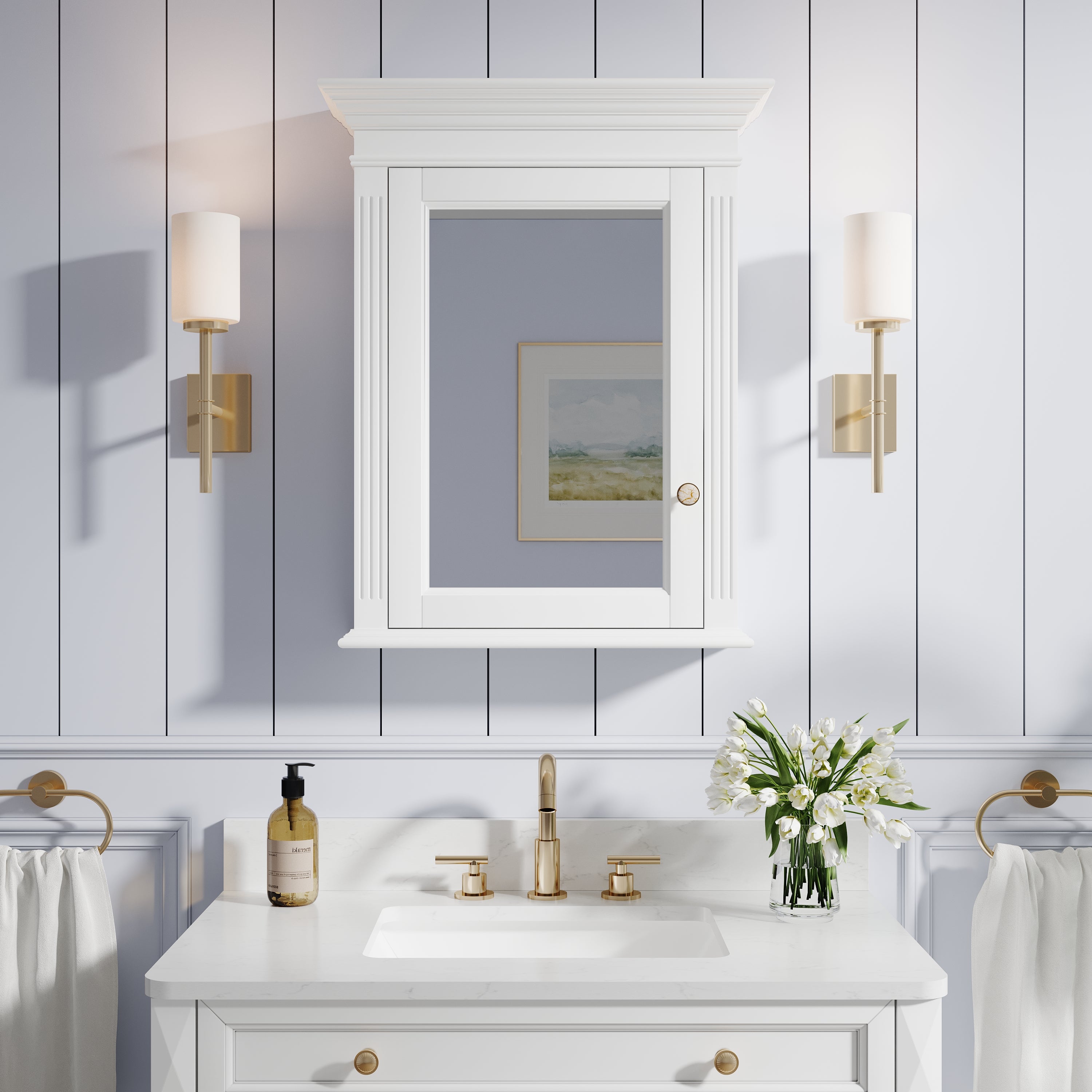
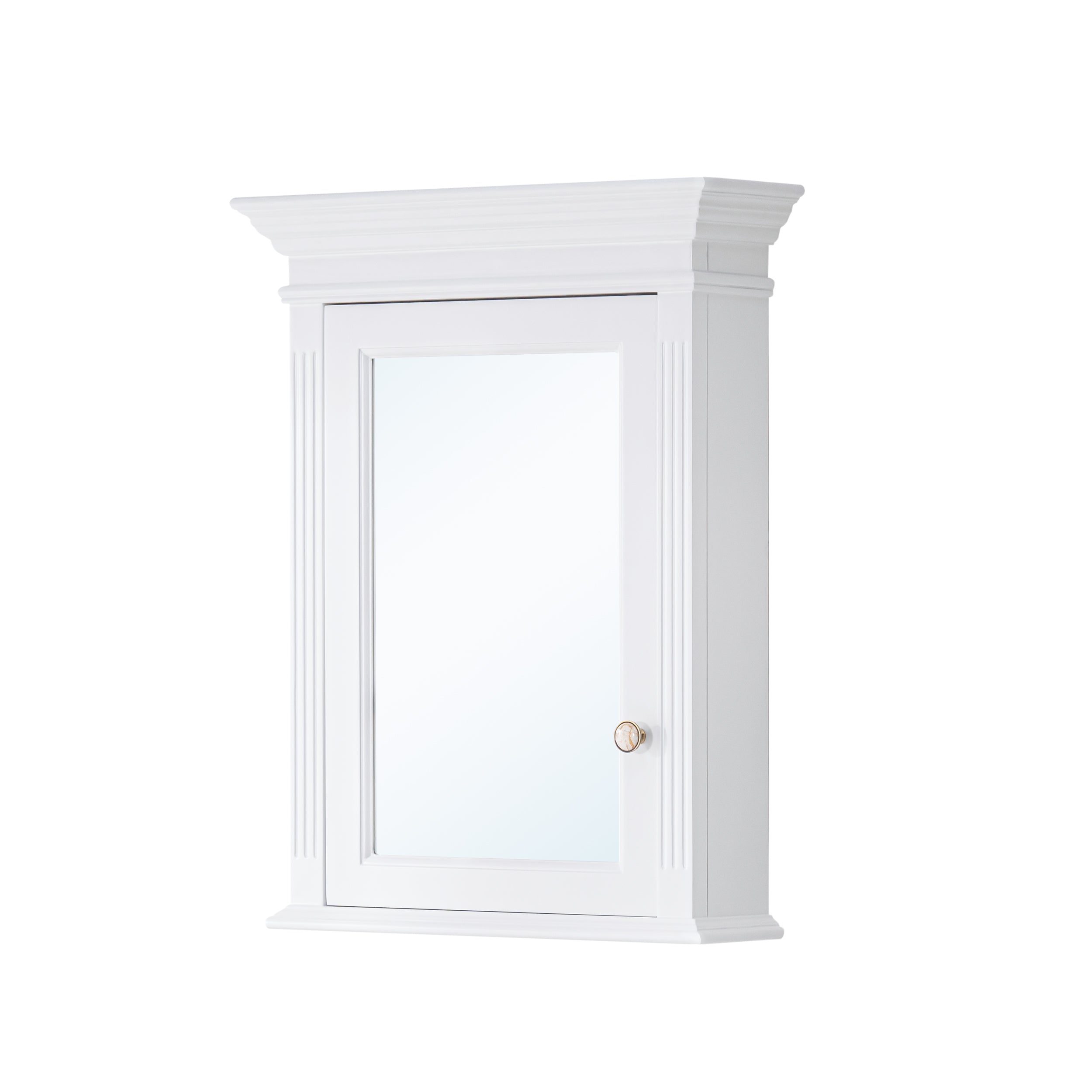
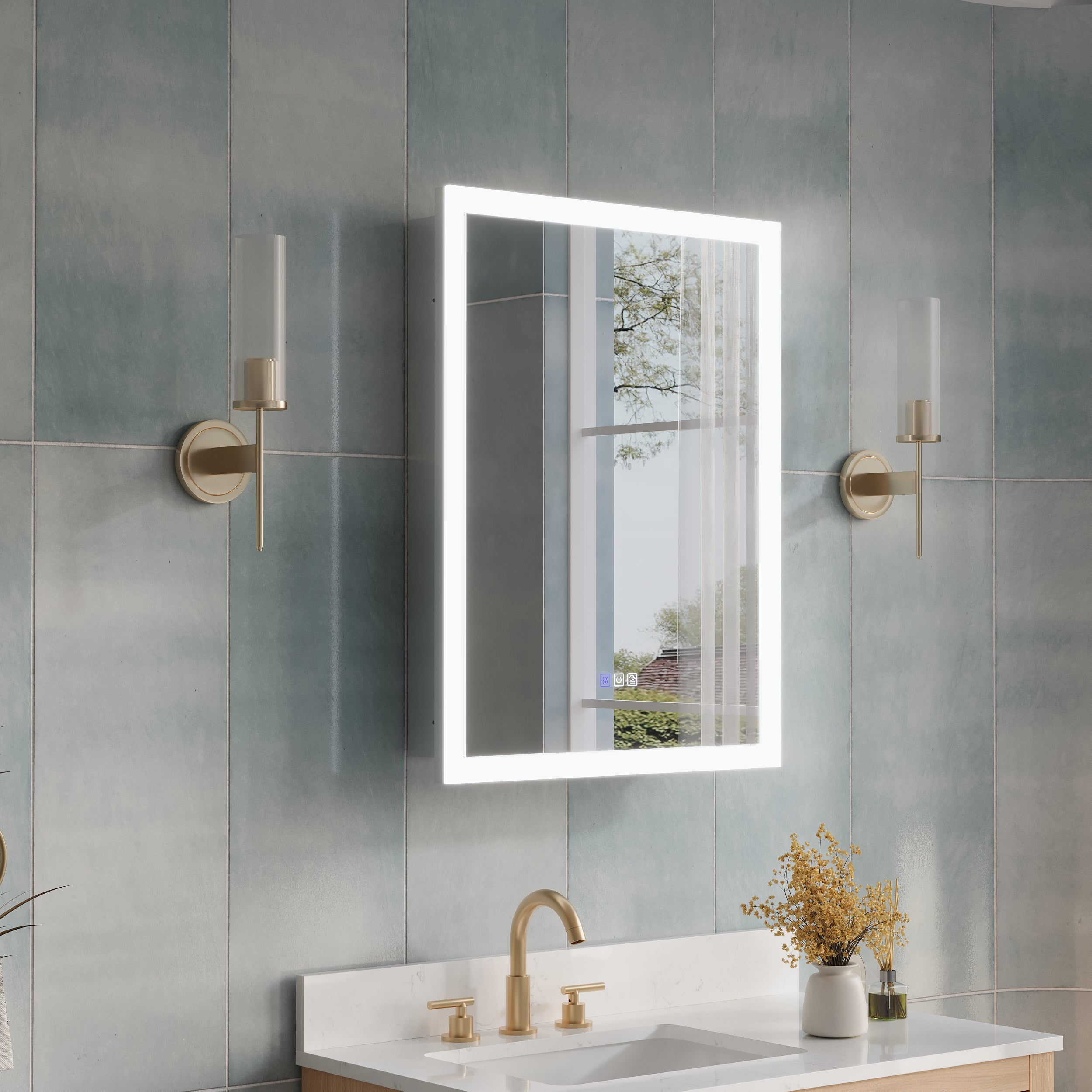
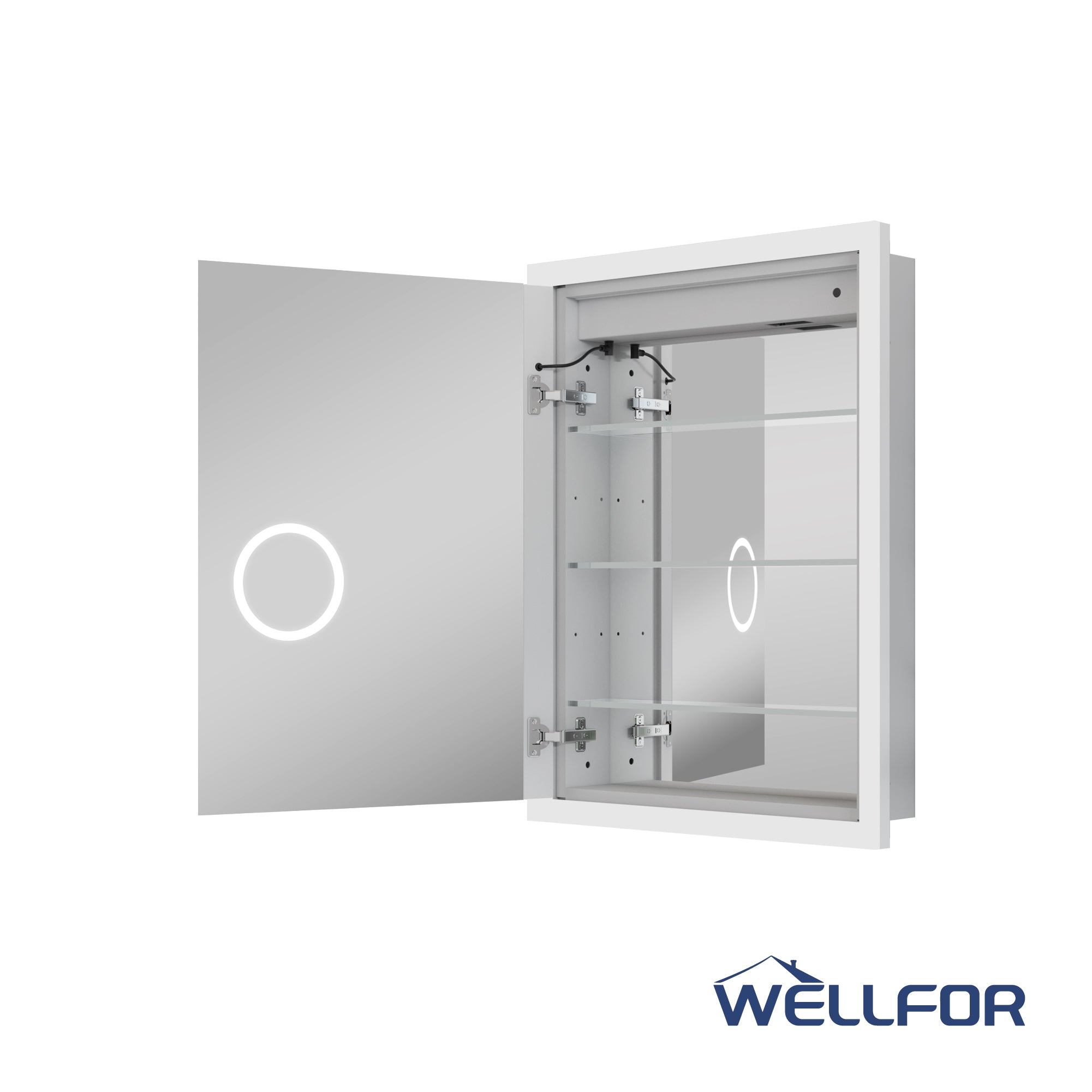
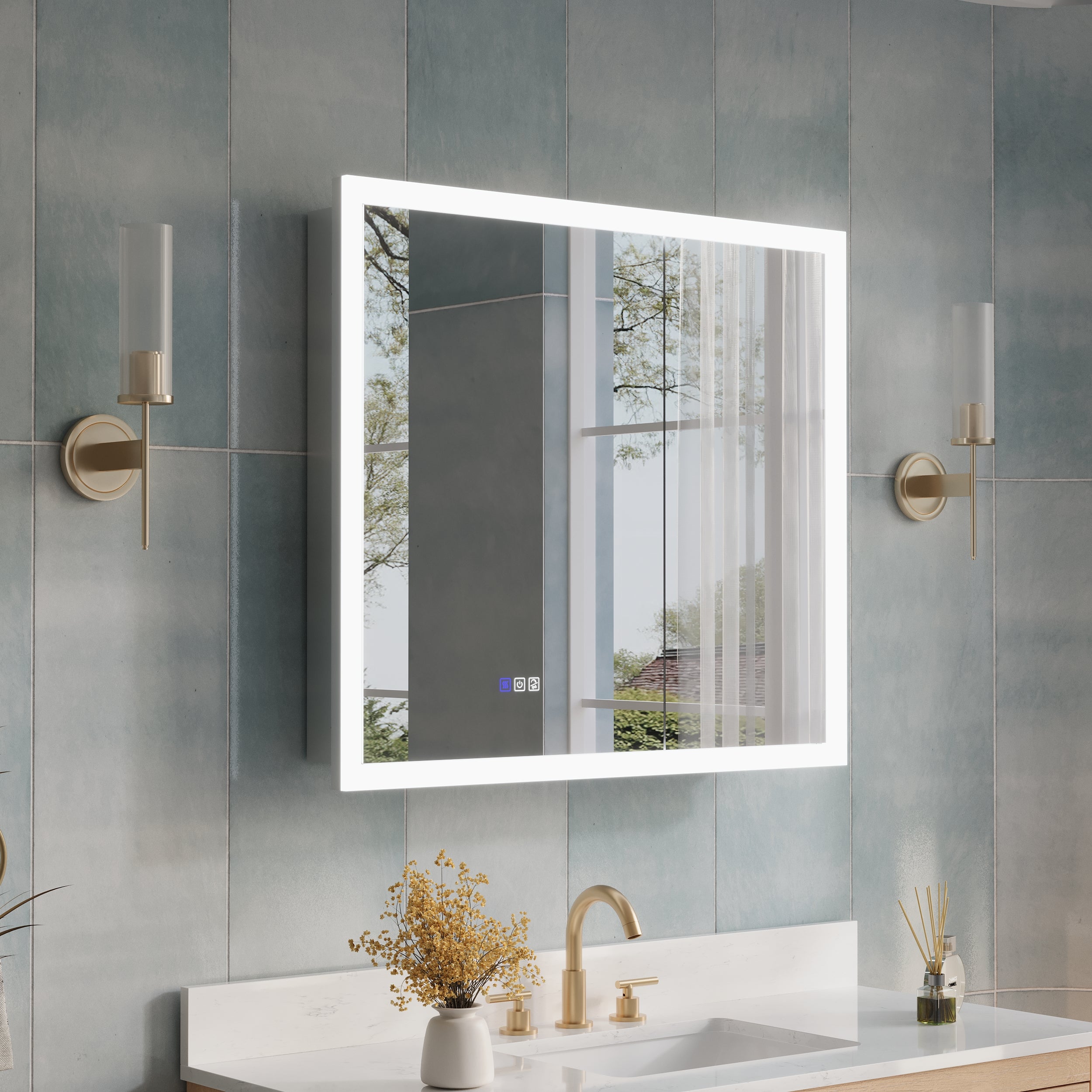




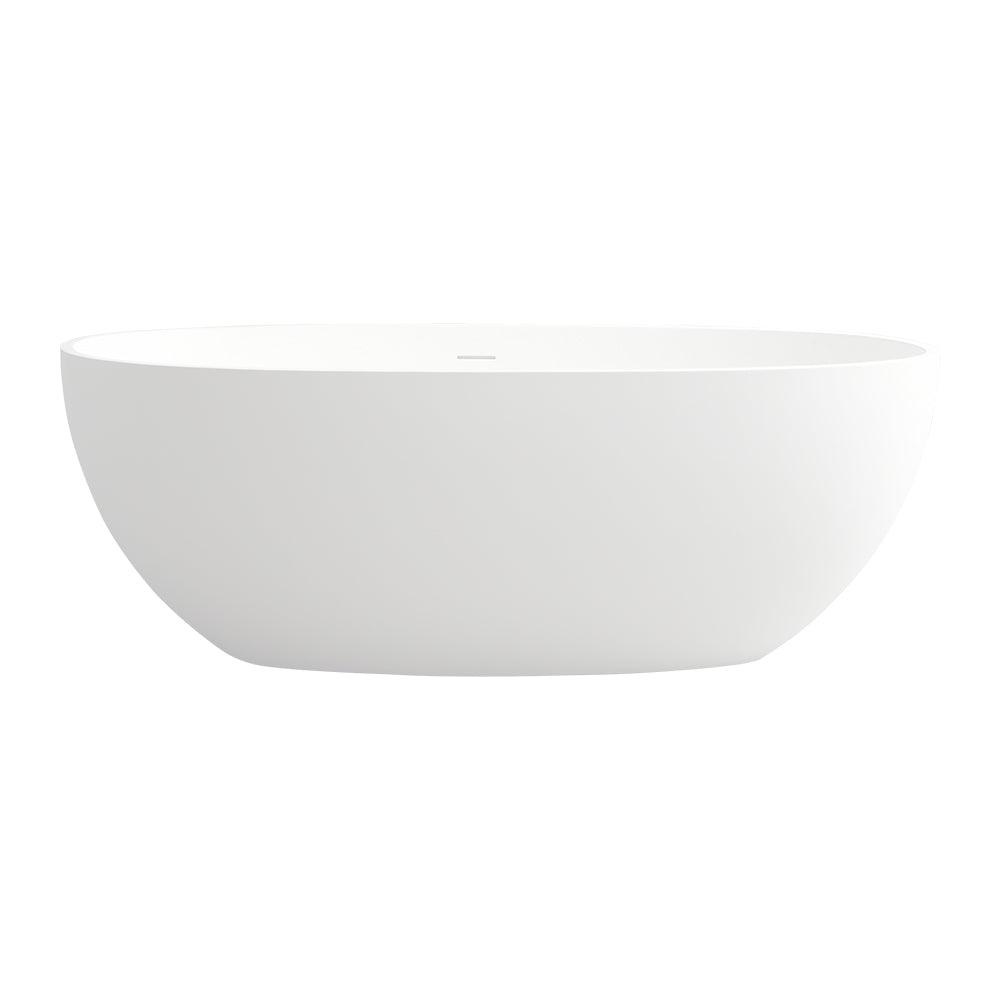
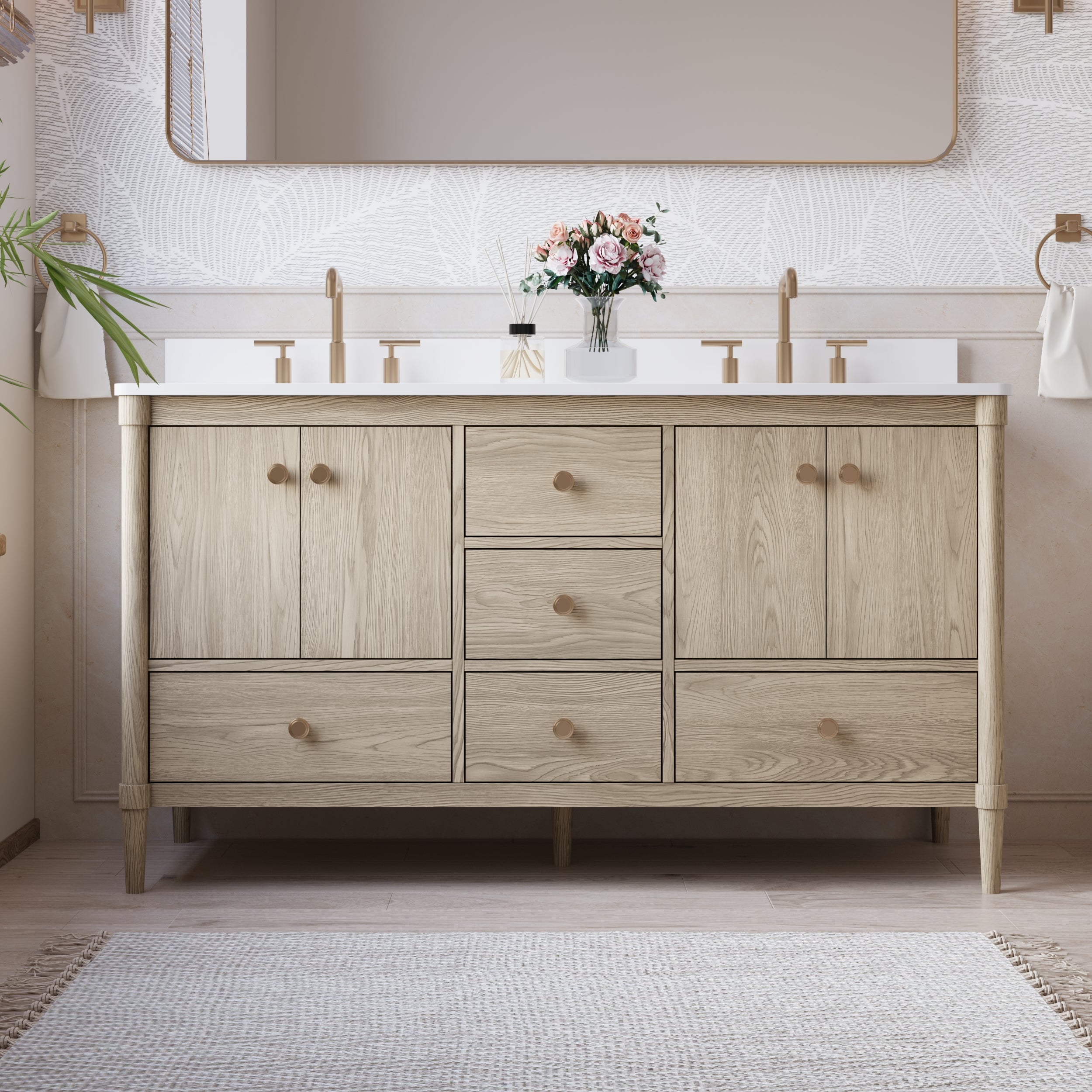
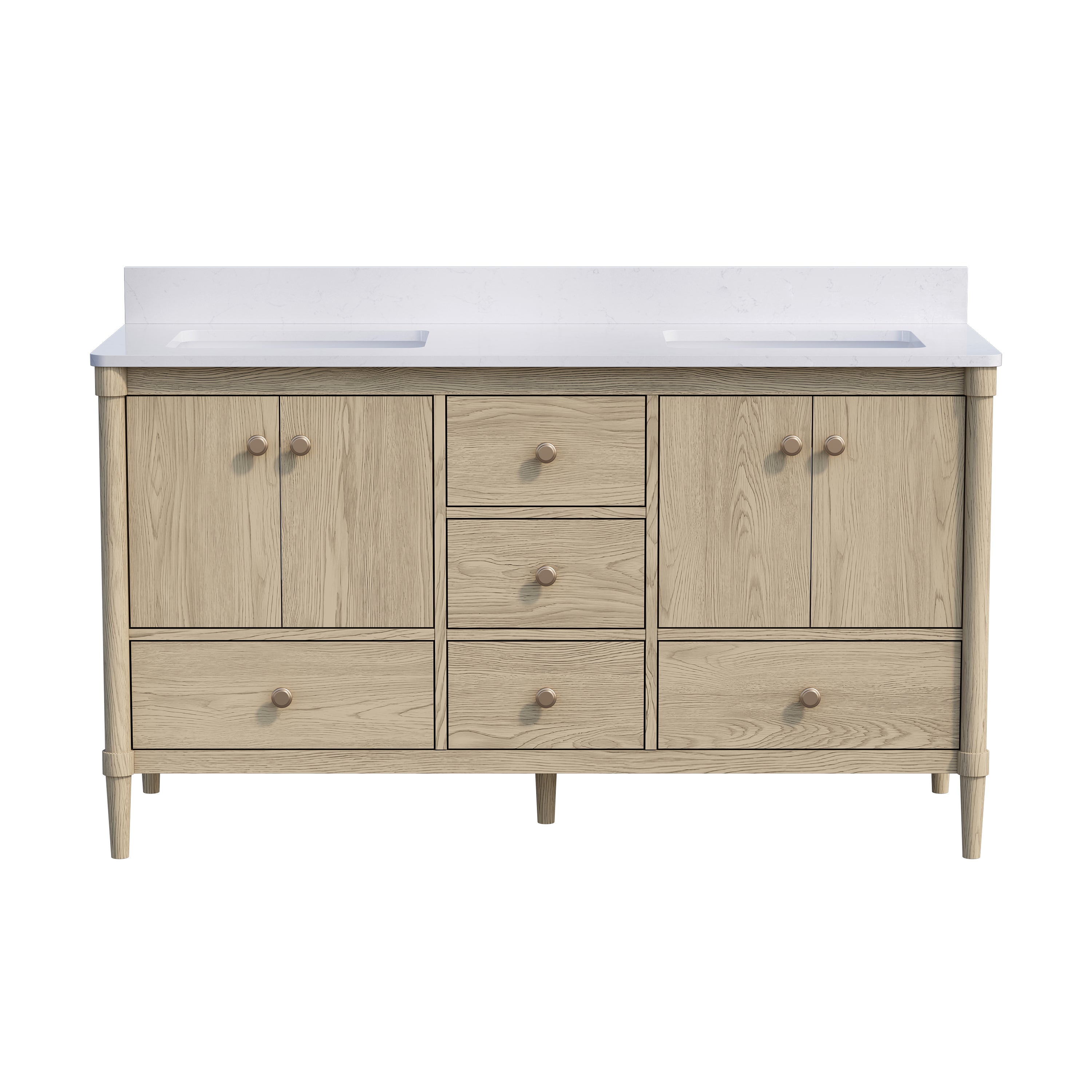
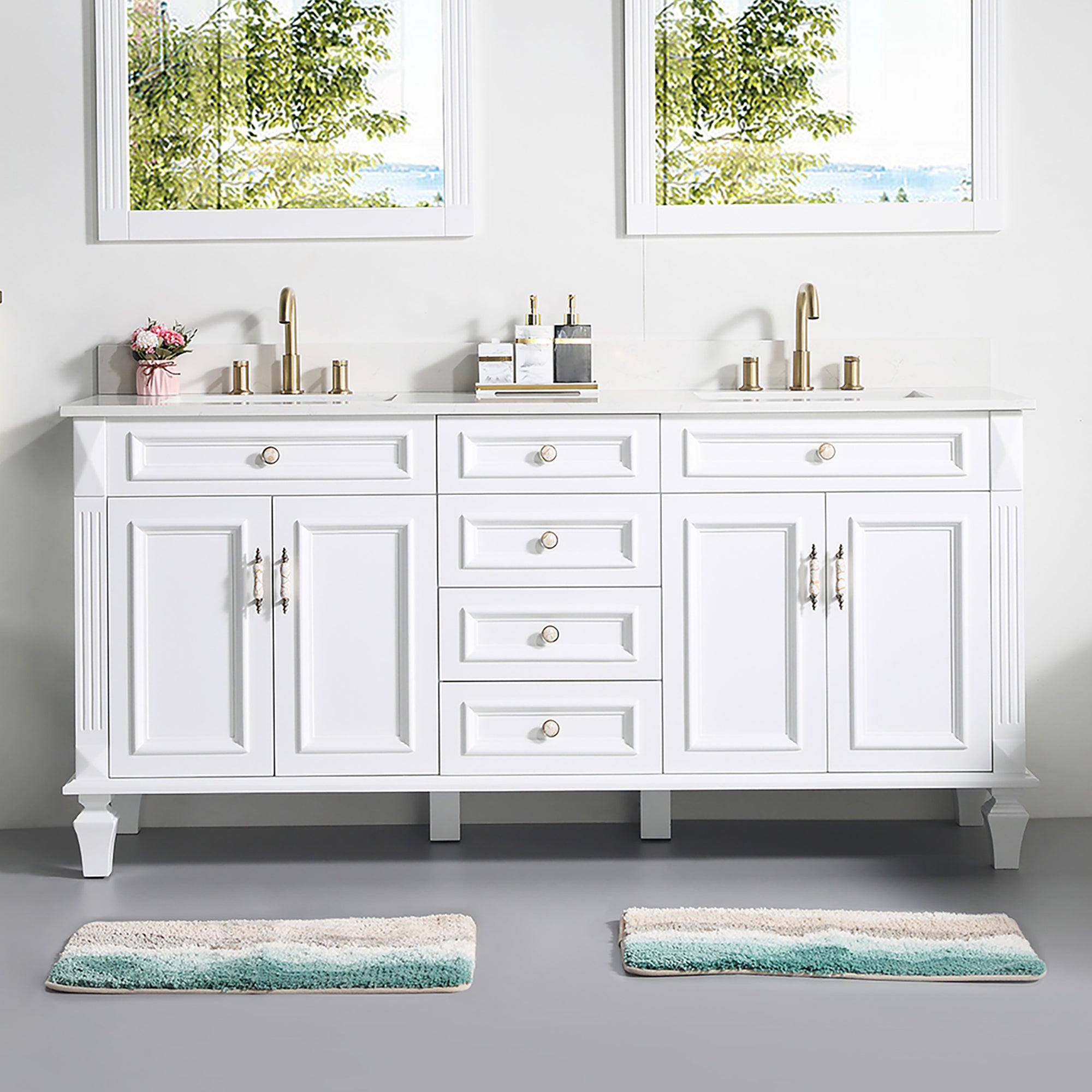

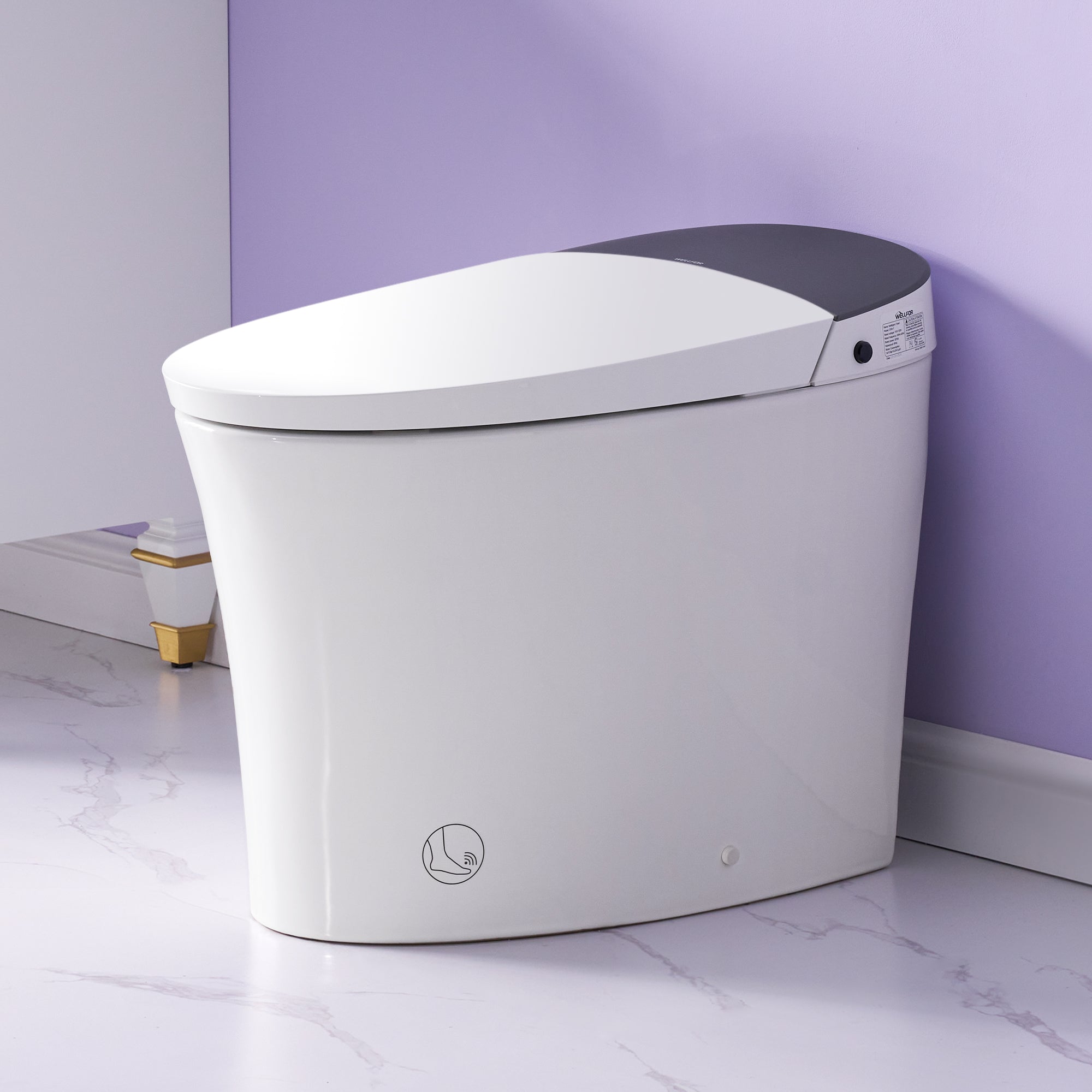
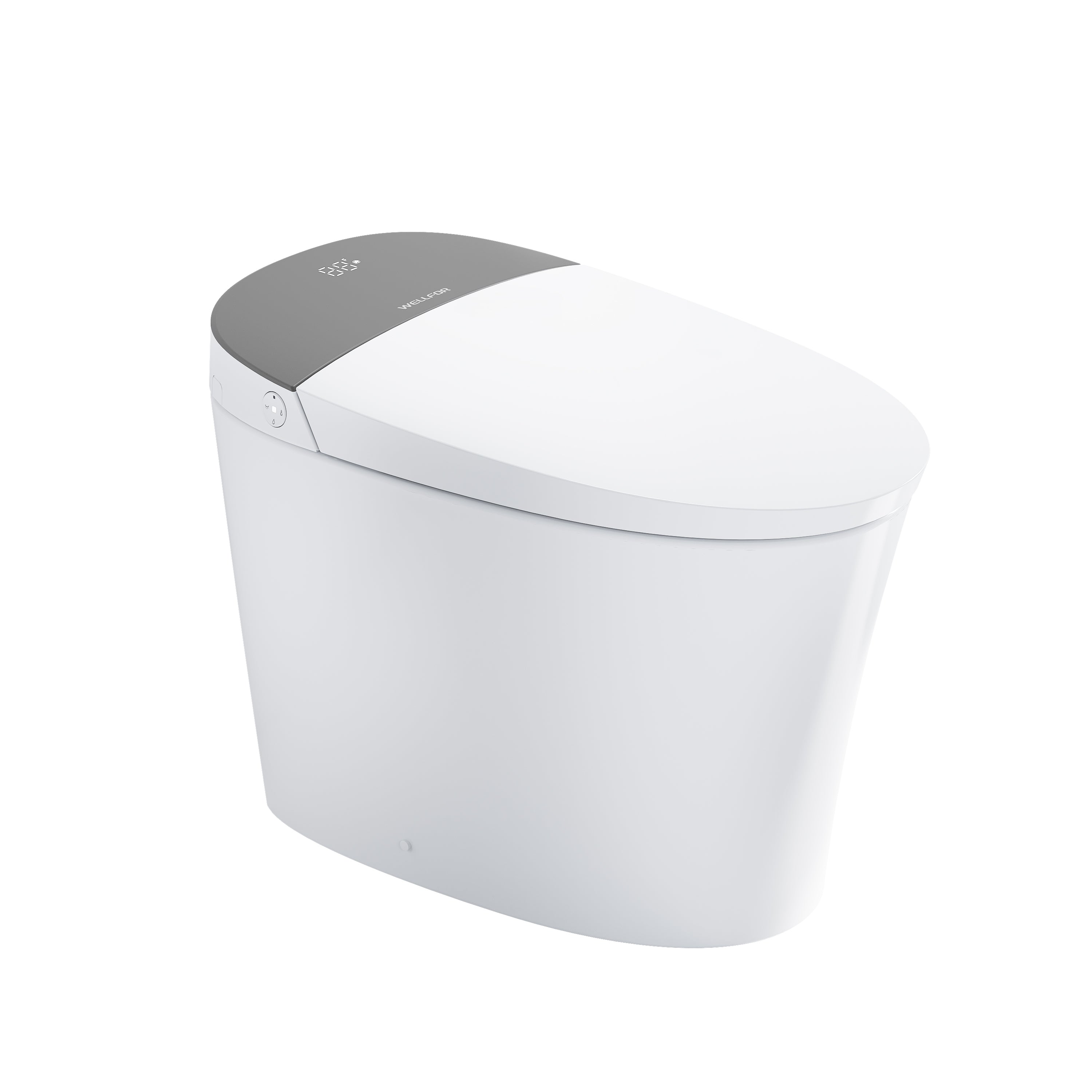

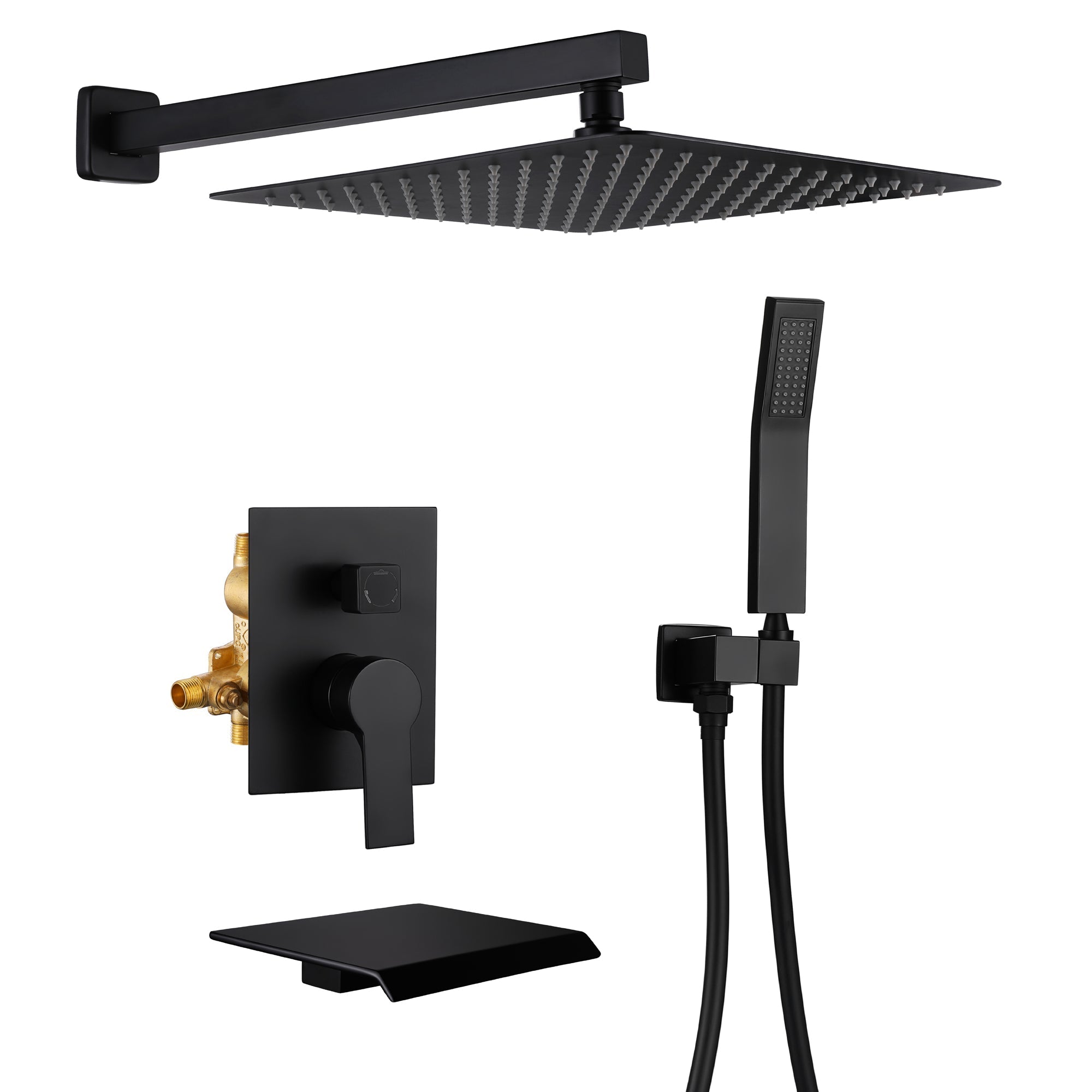
Leave a comment
This site is protected by hCaptcha and the hCaptcha Privacy Policy and Terms of Service apply.